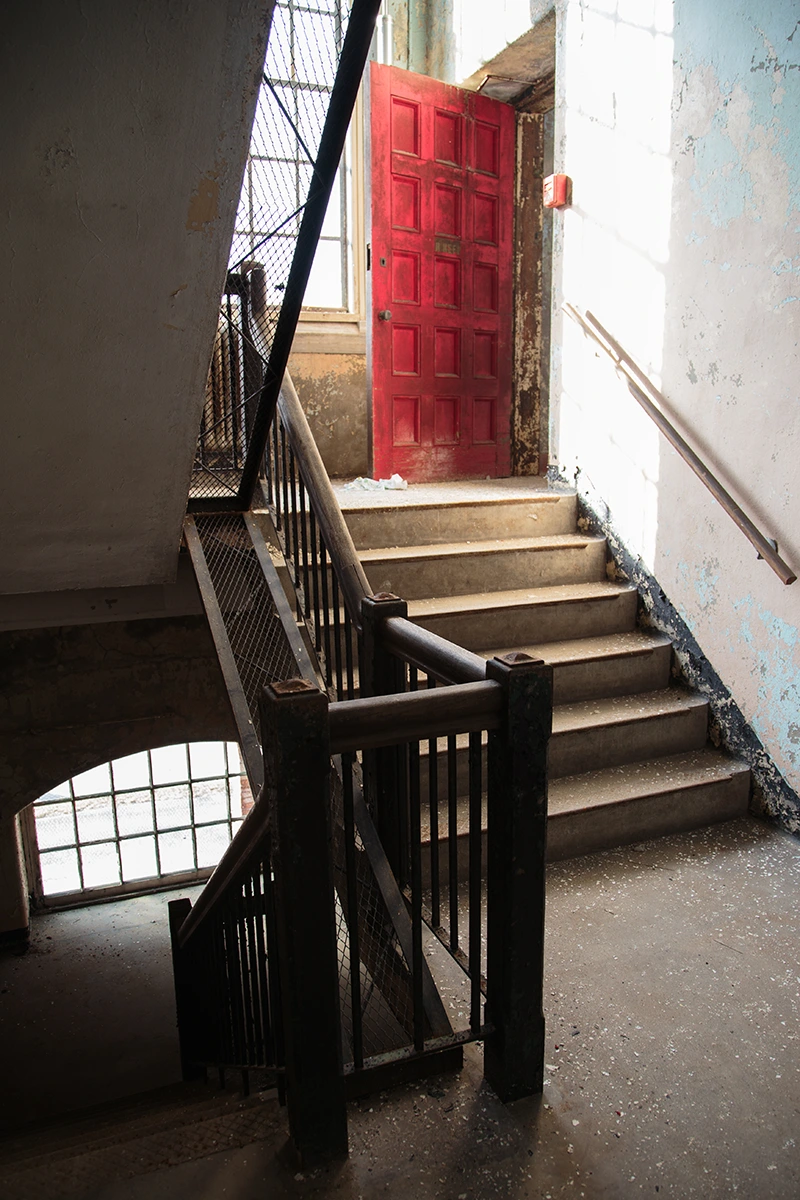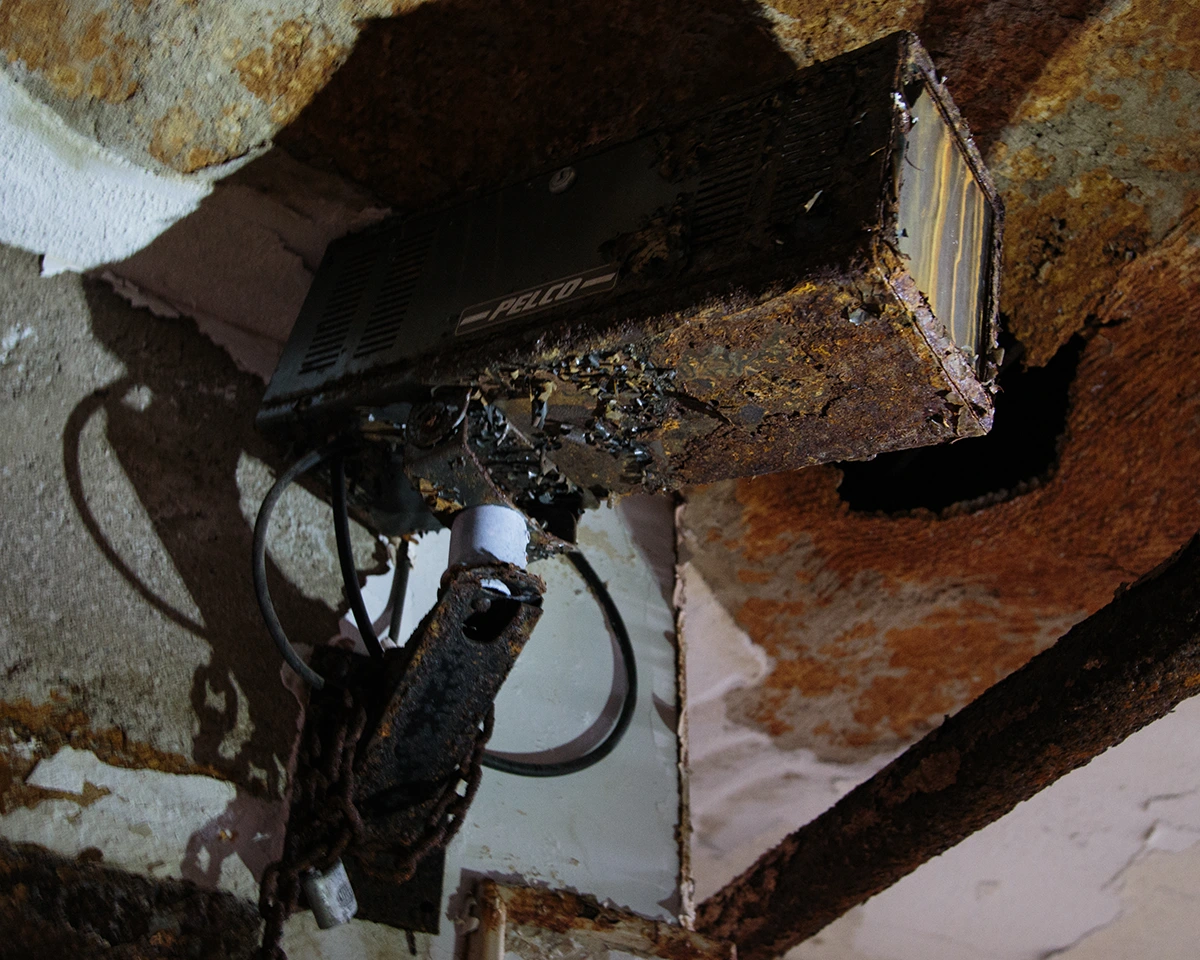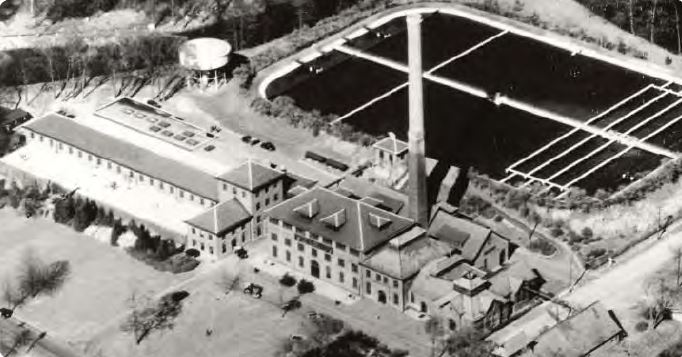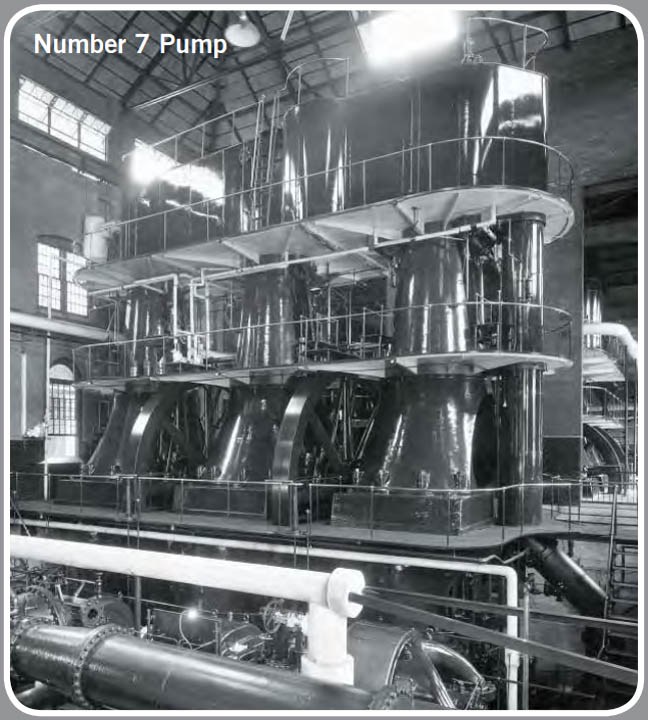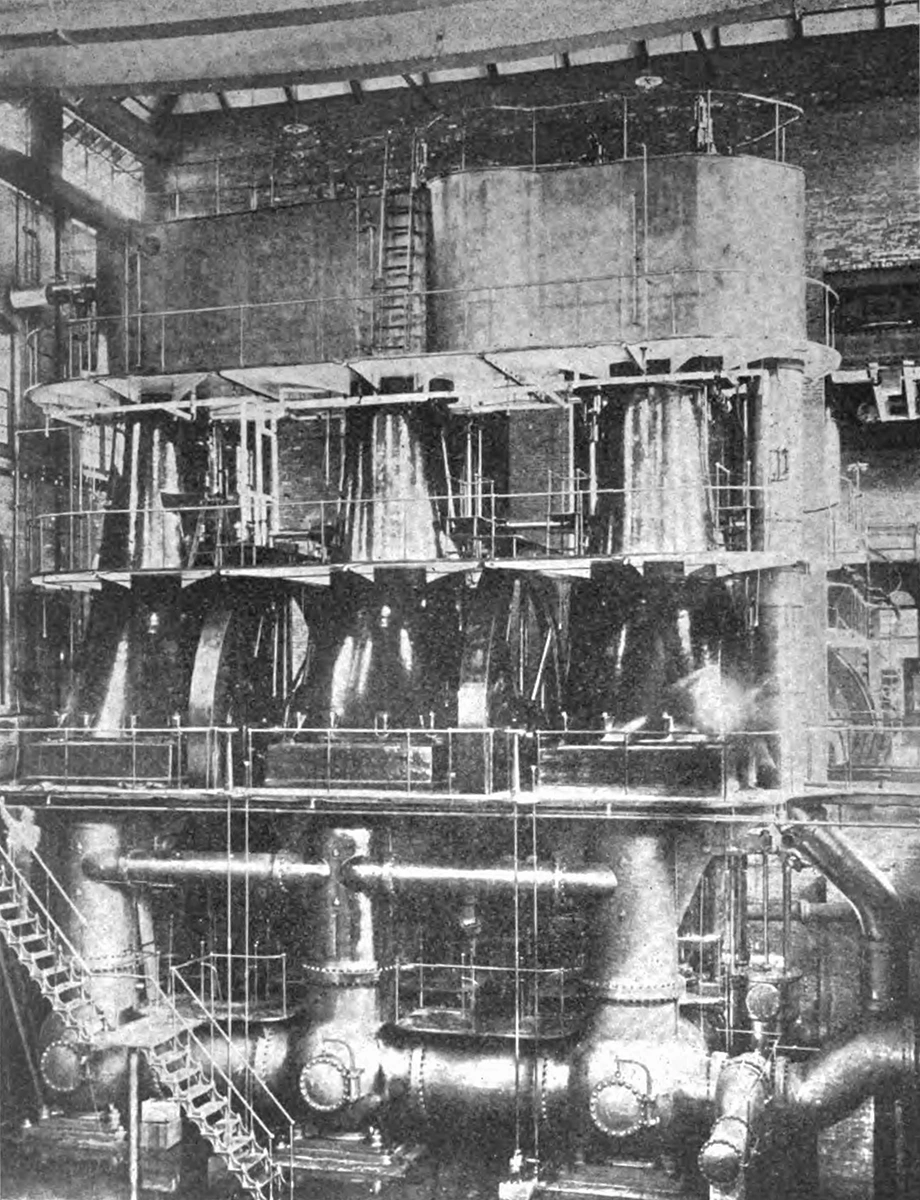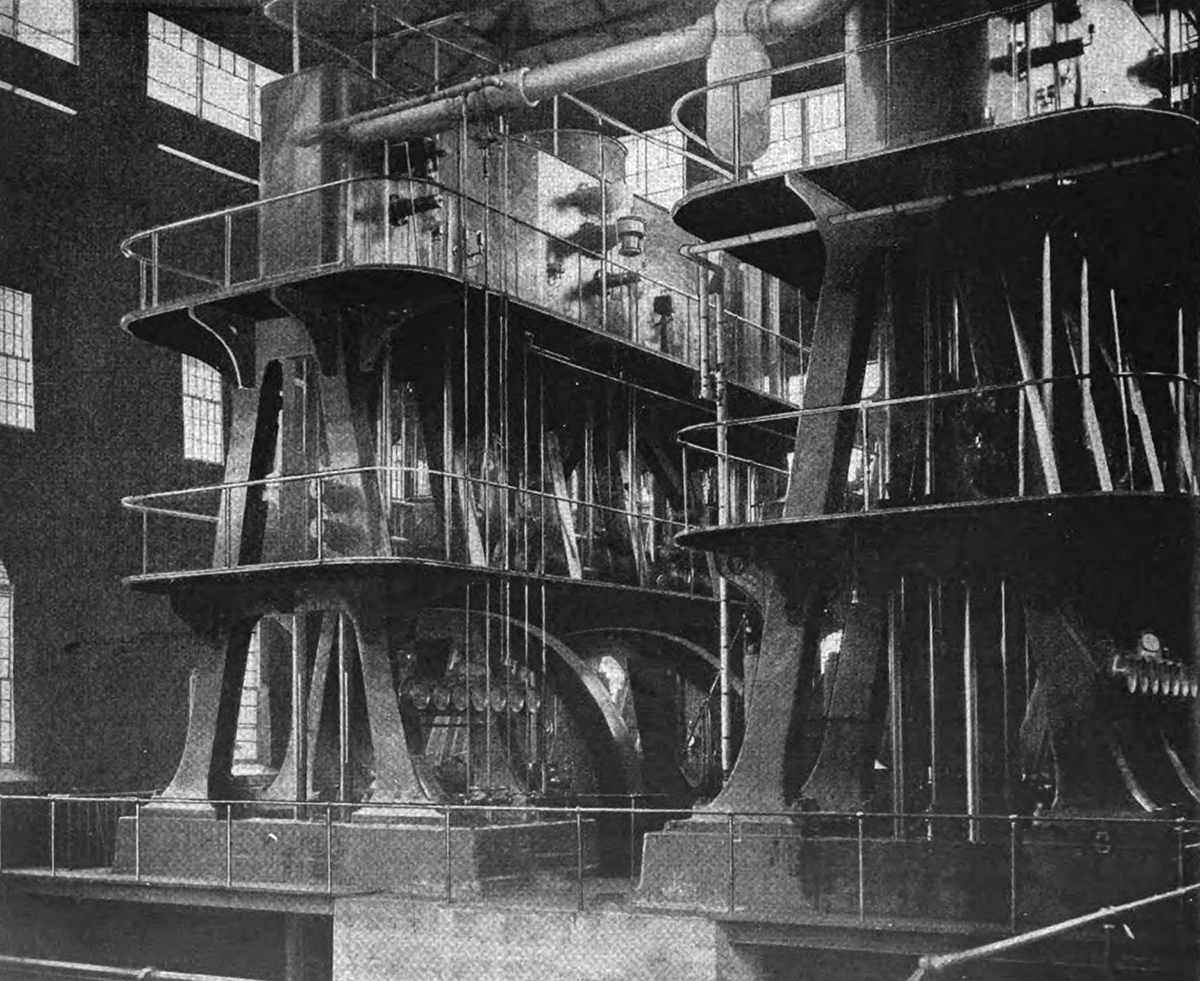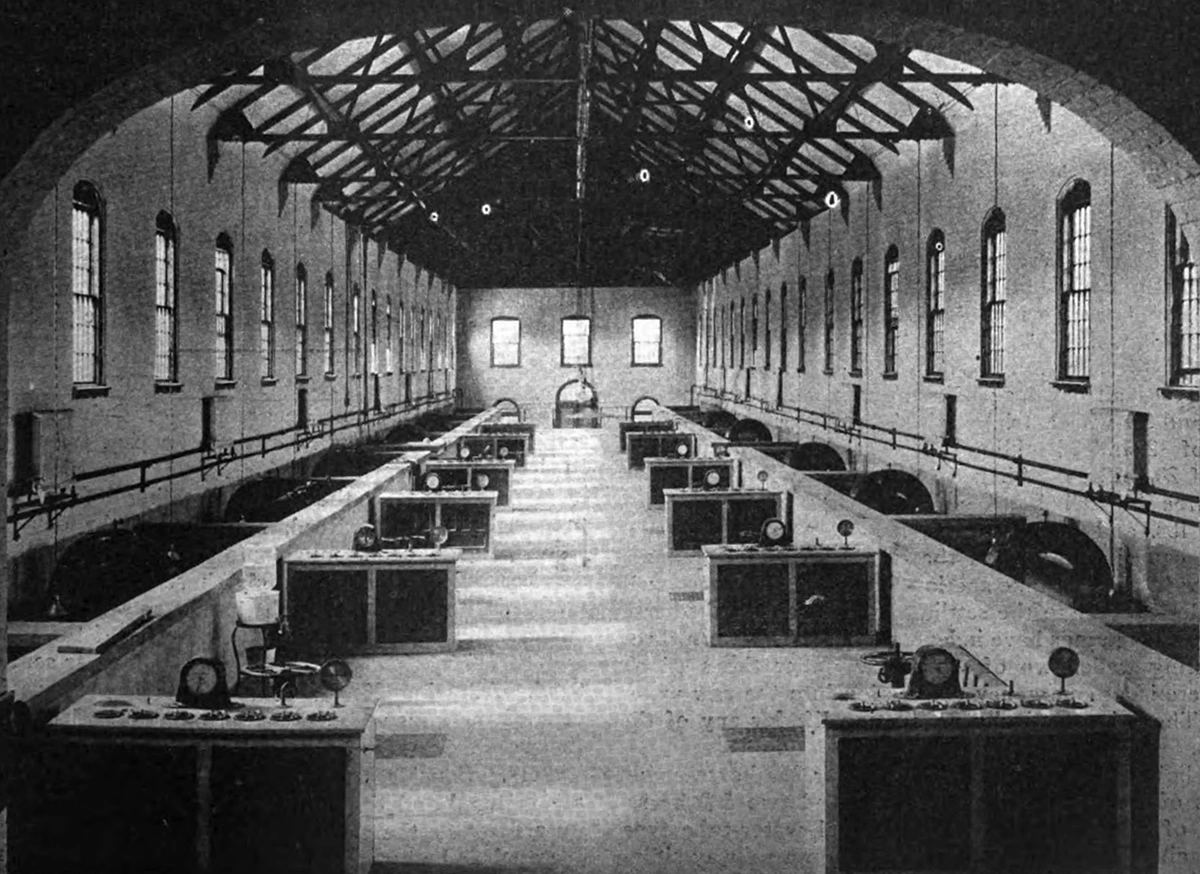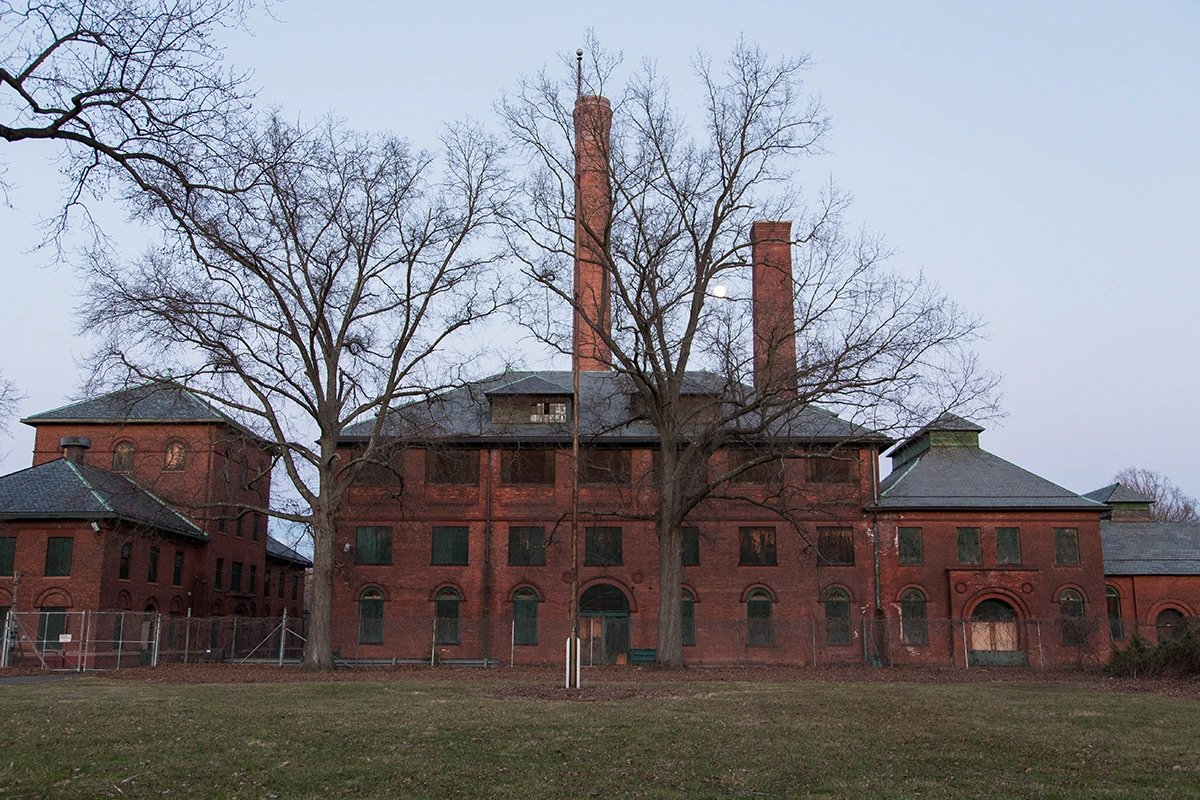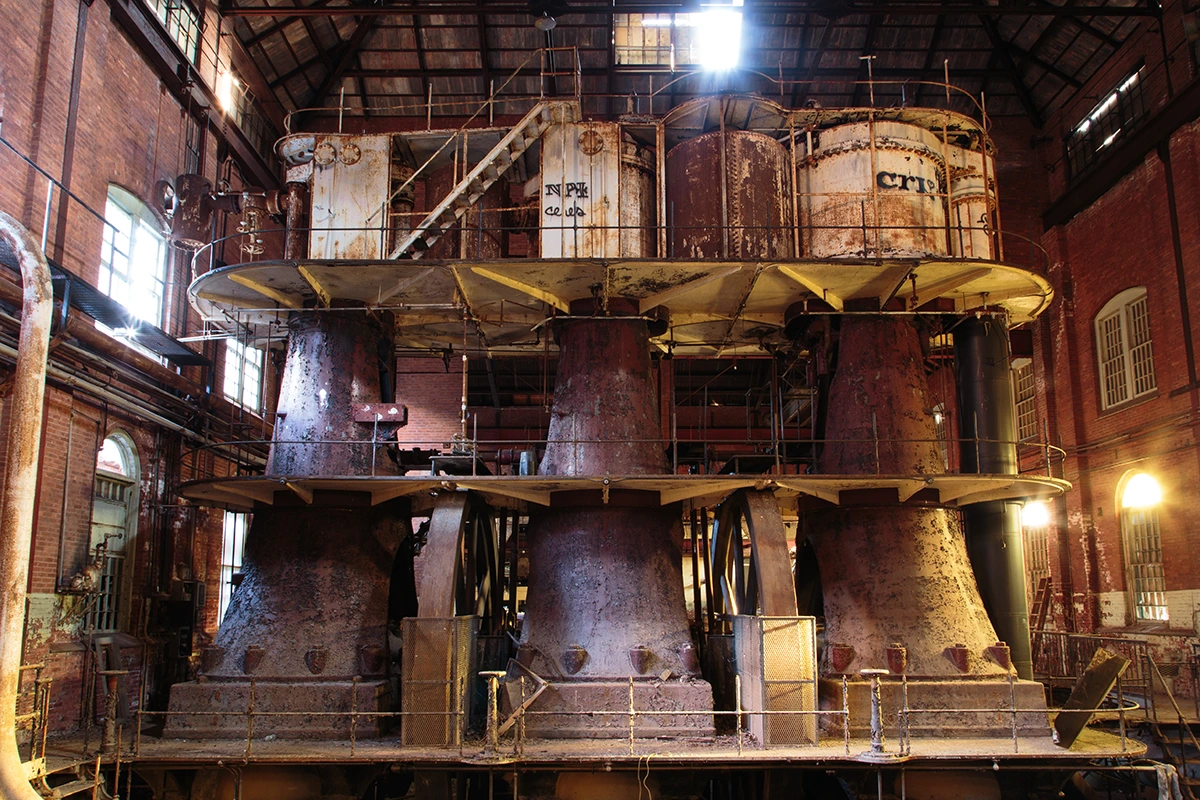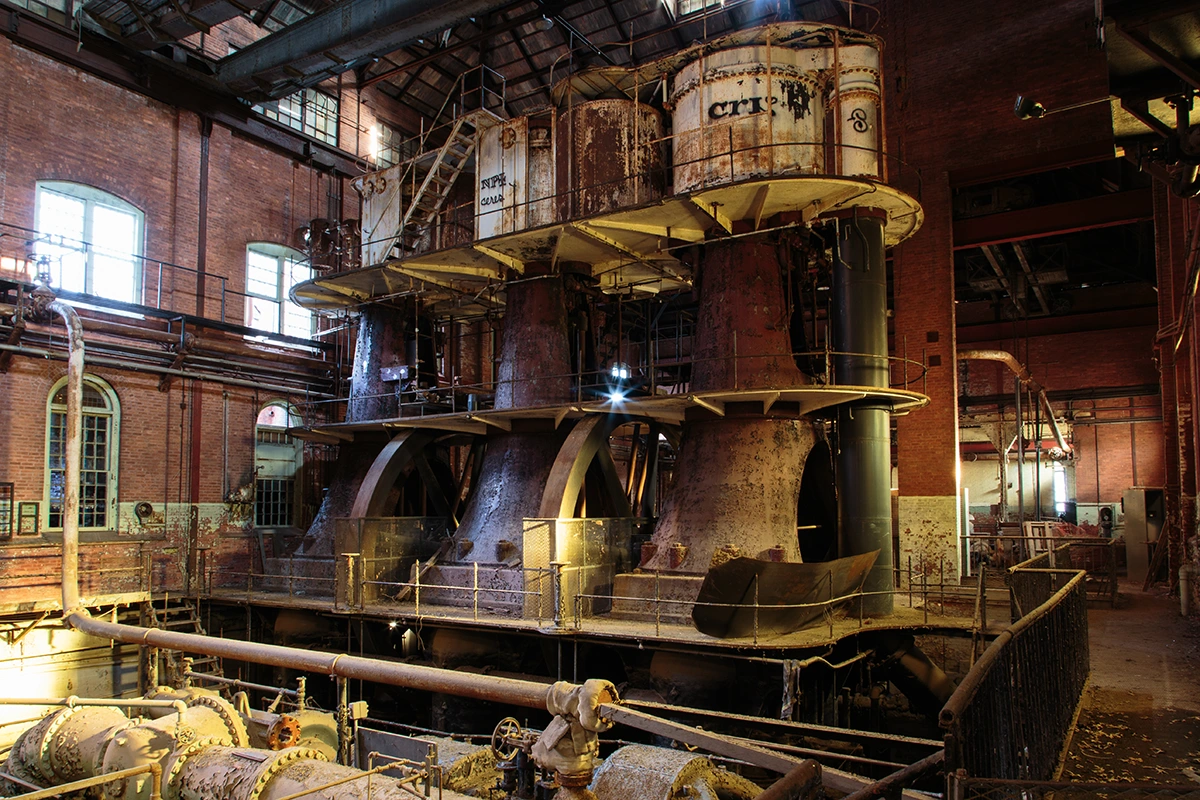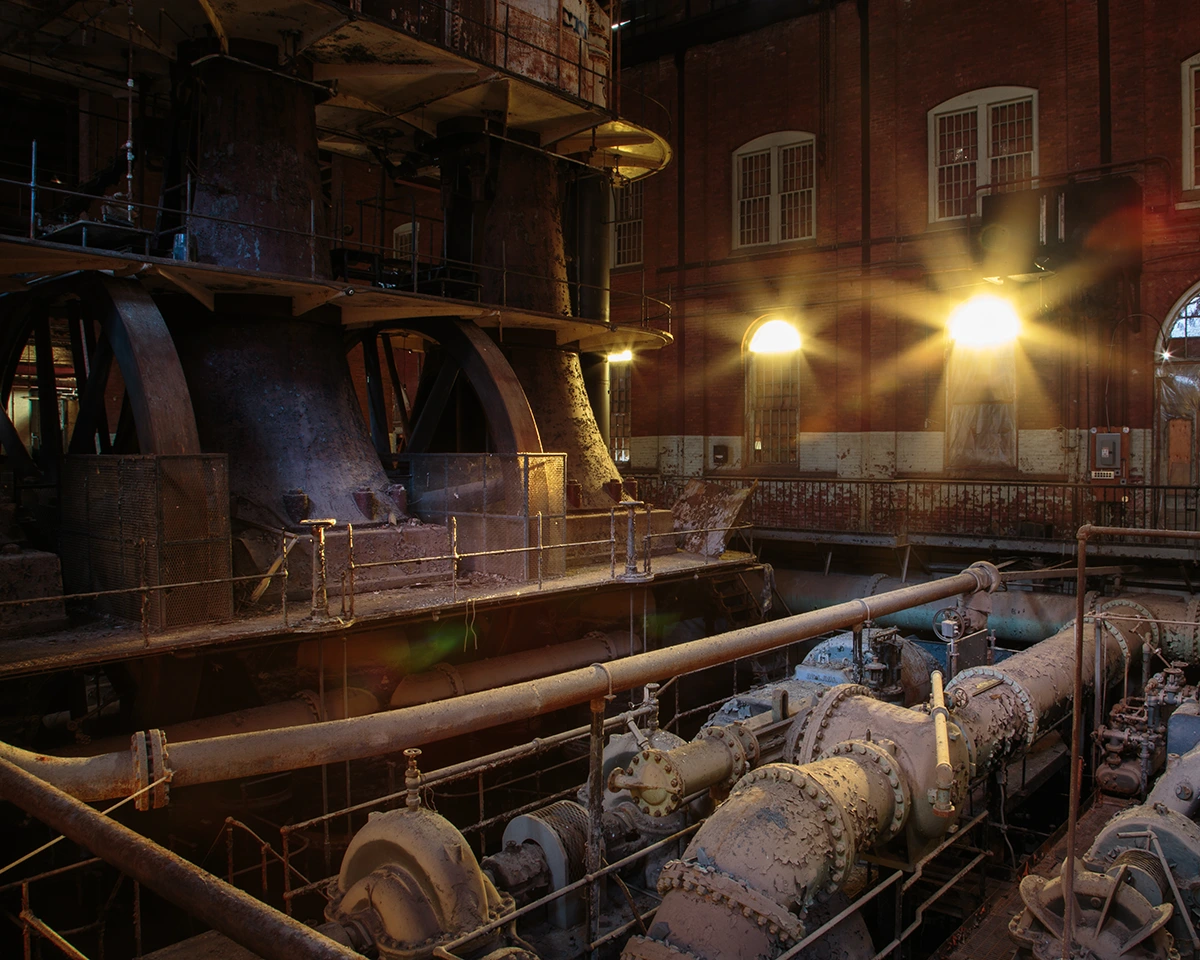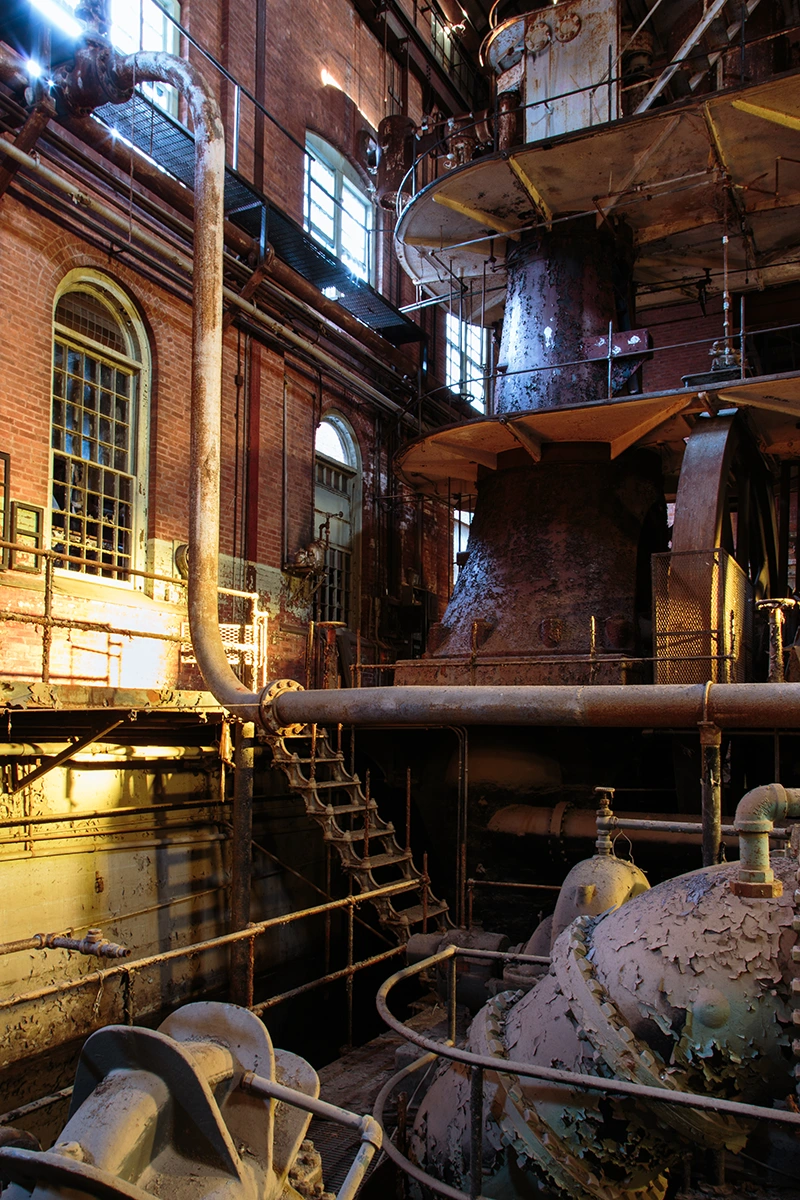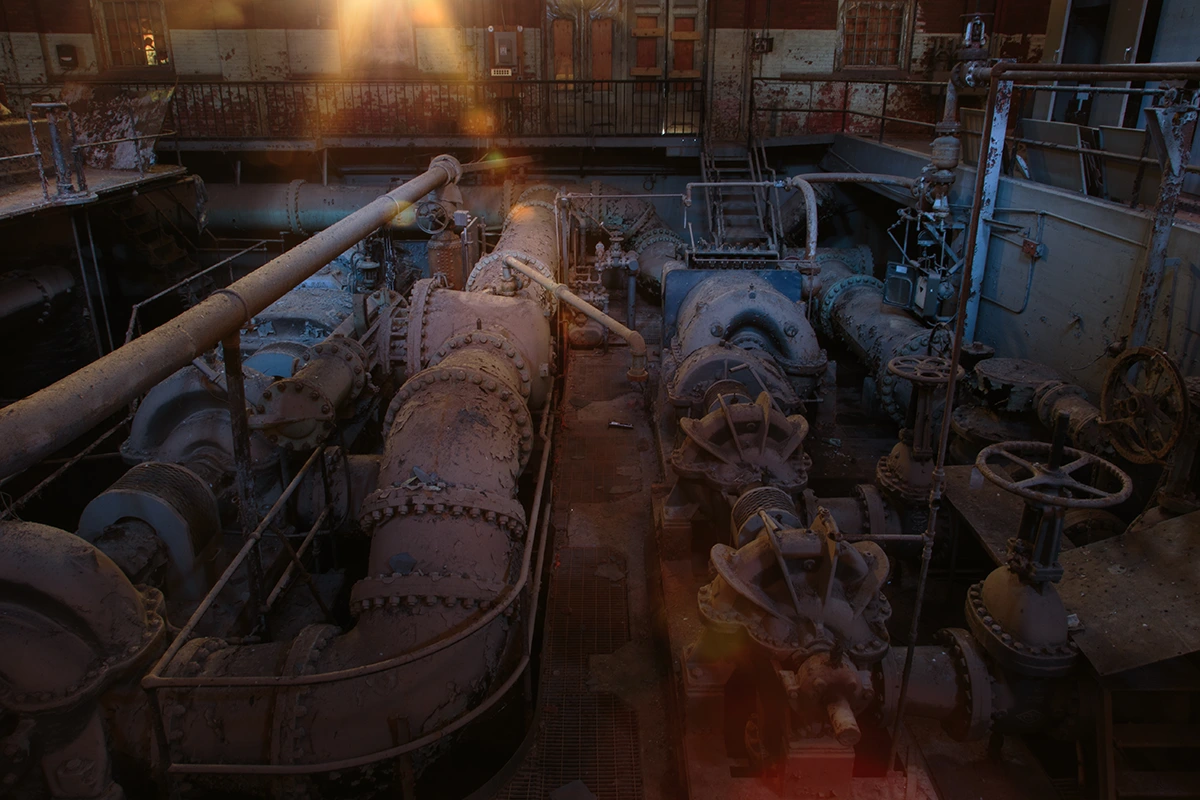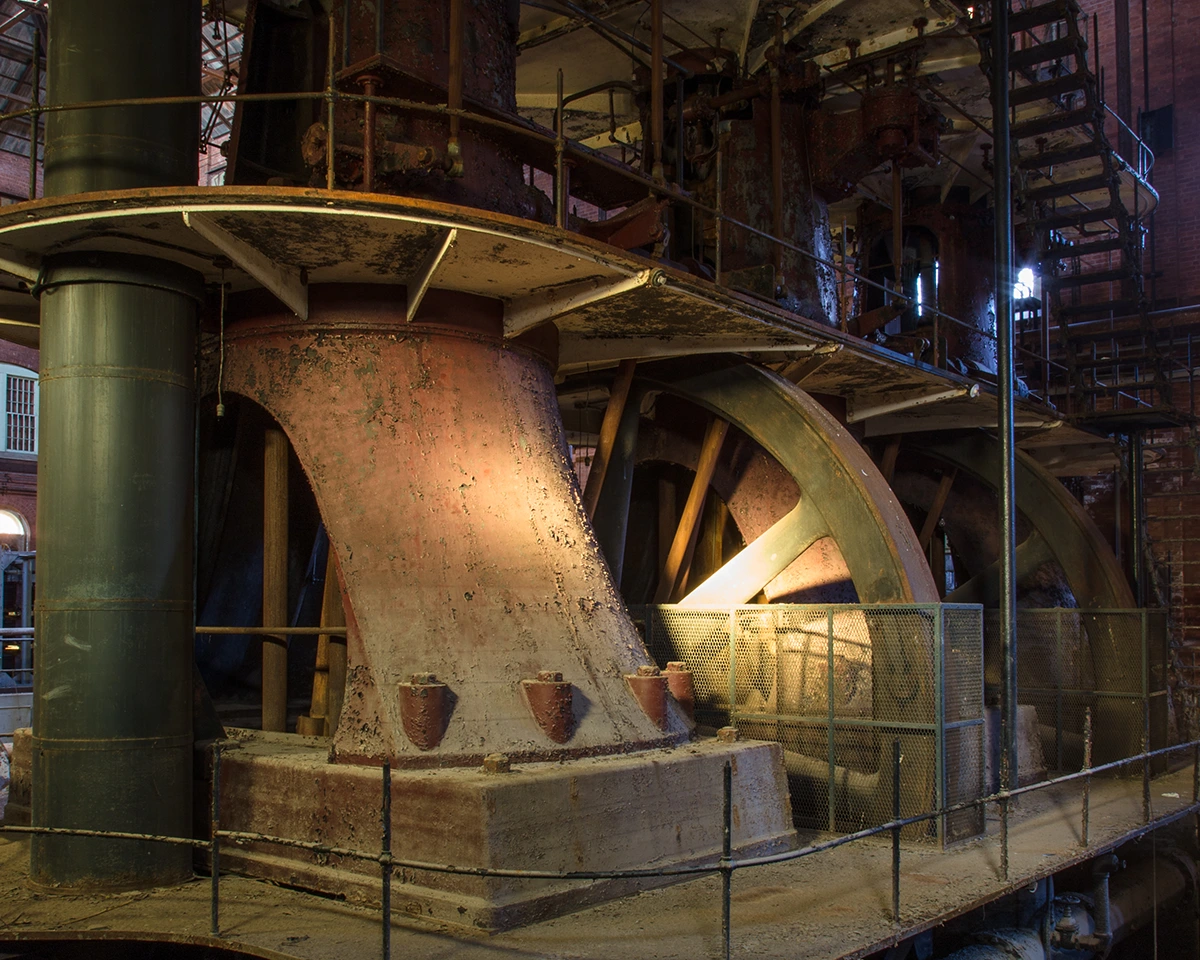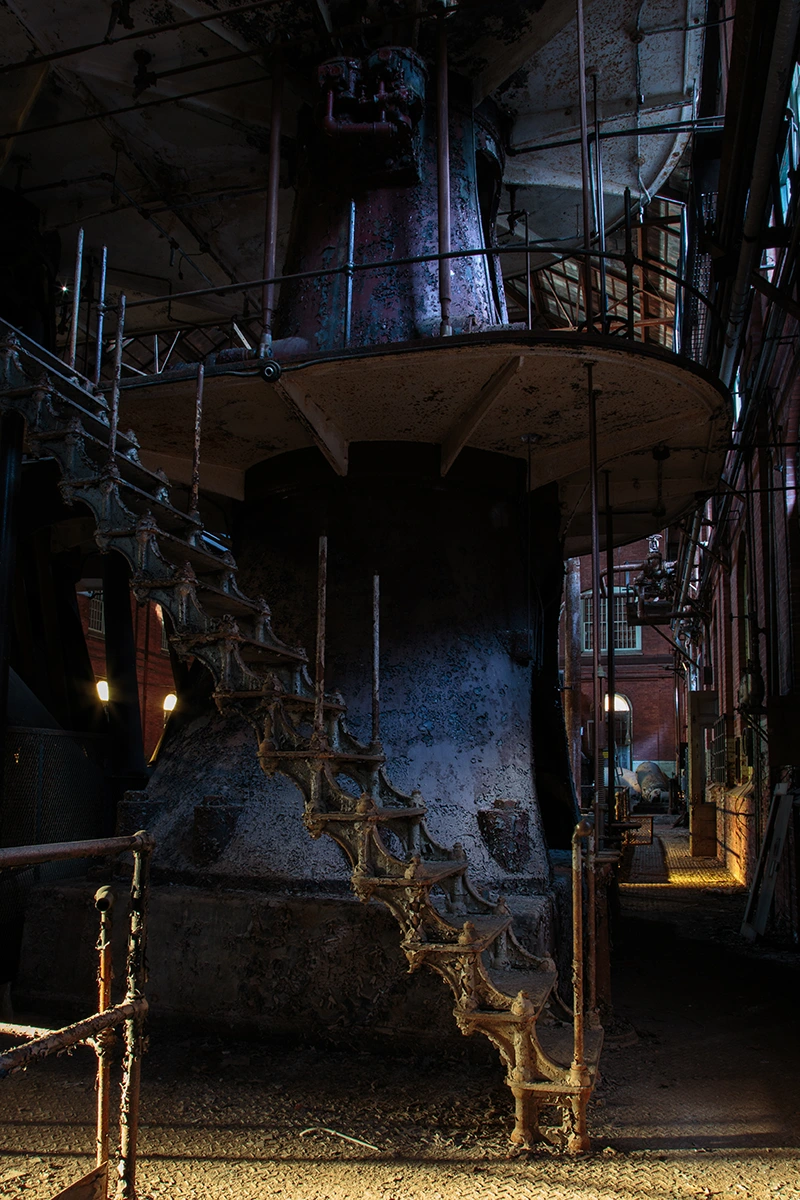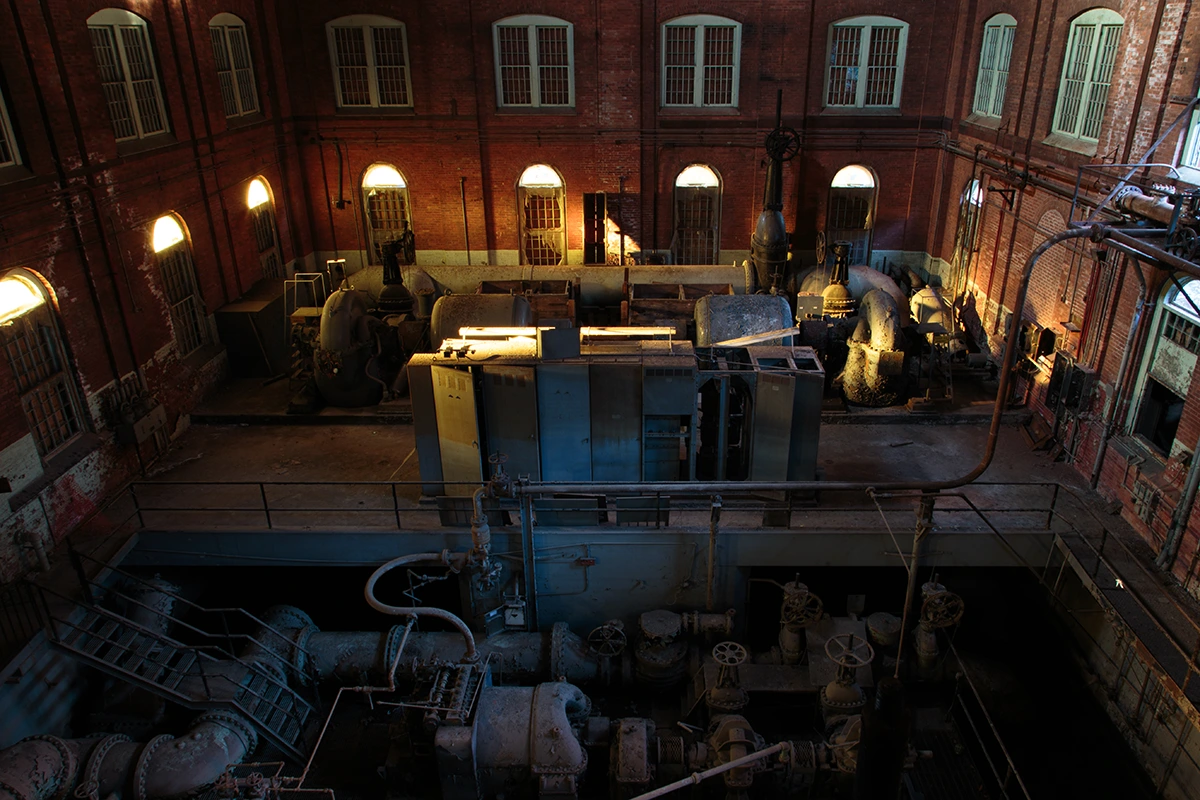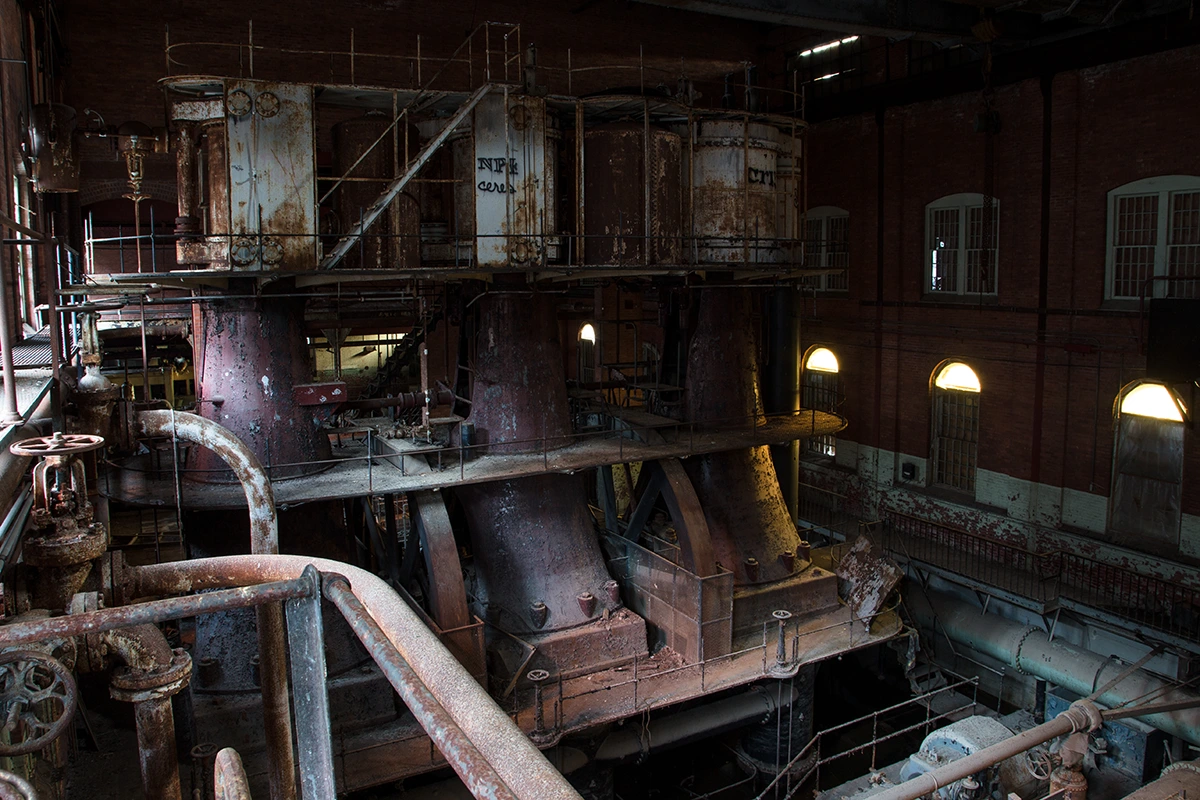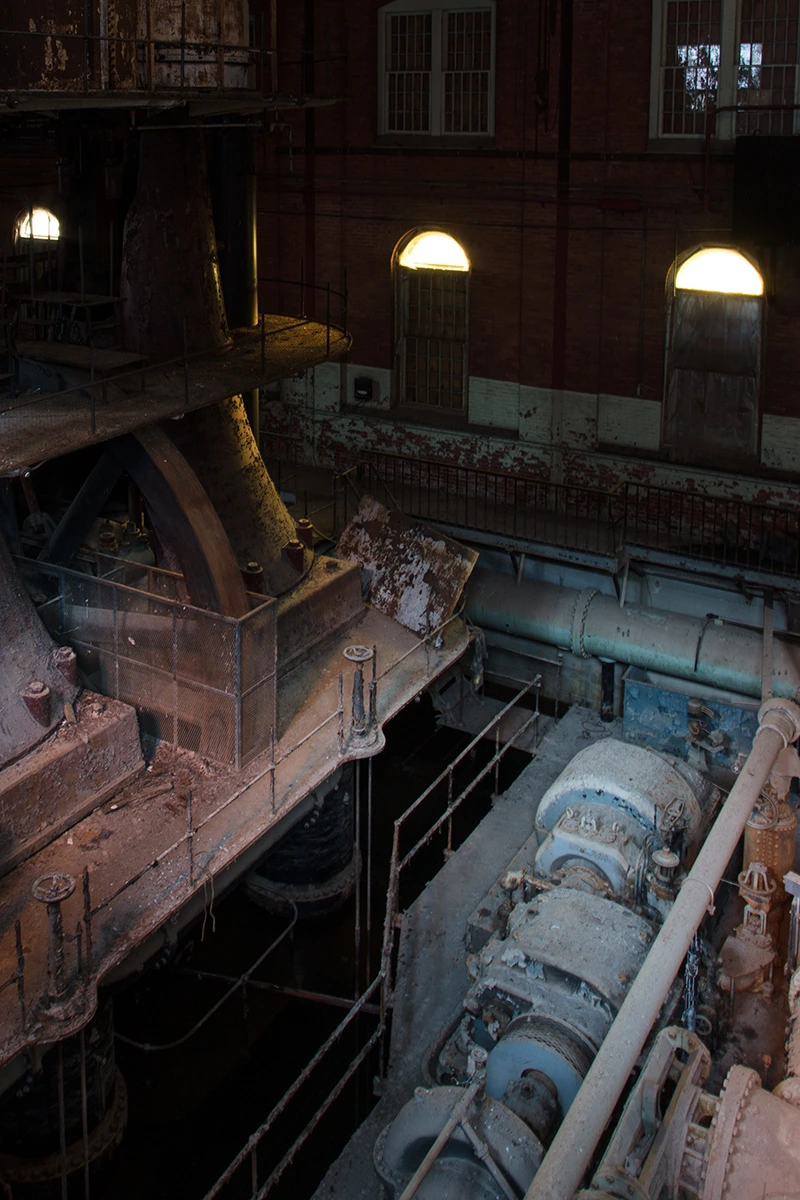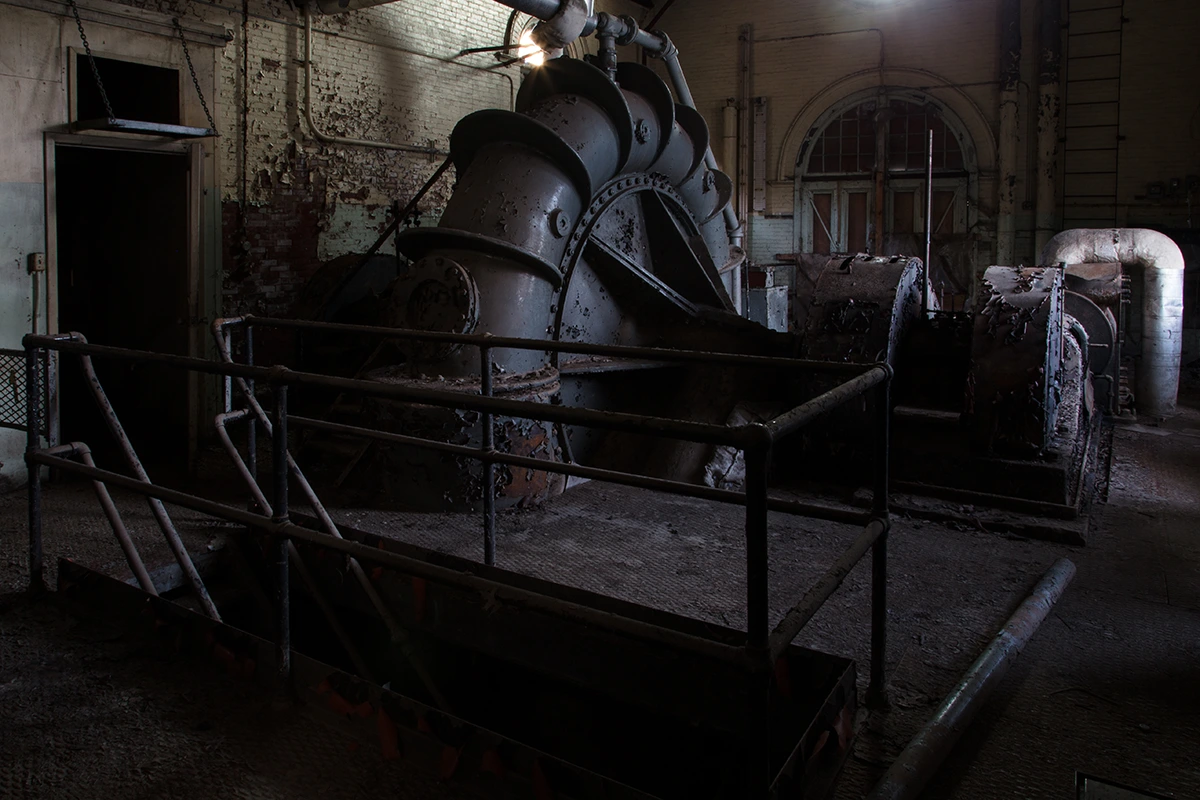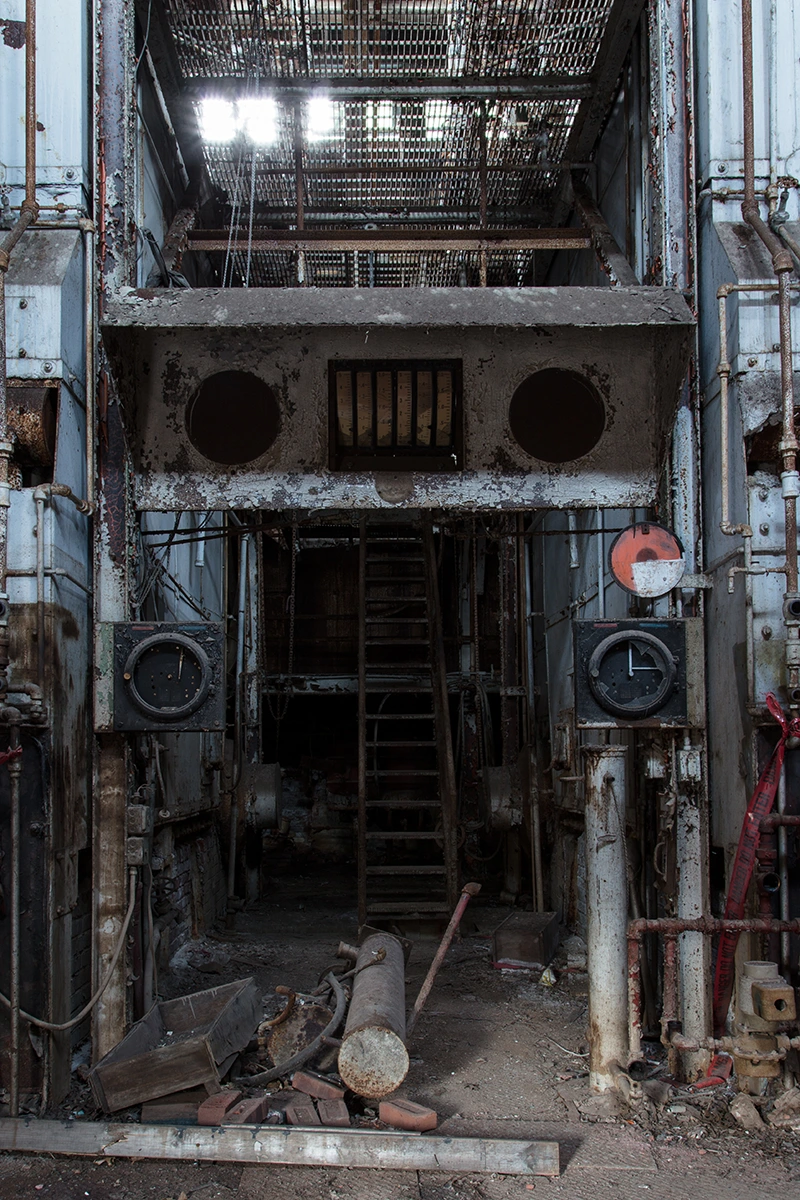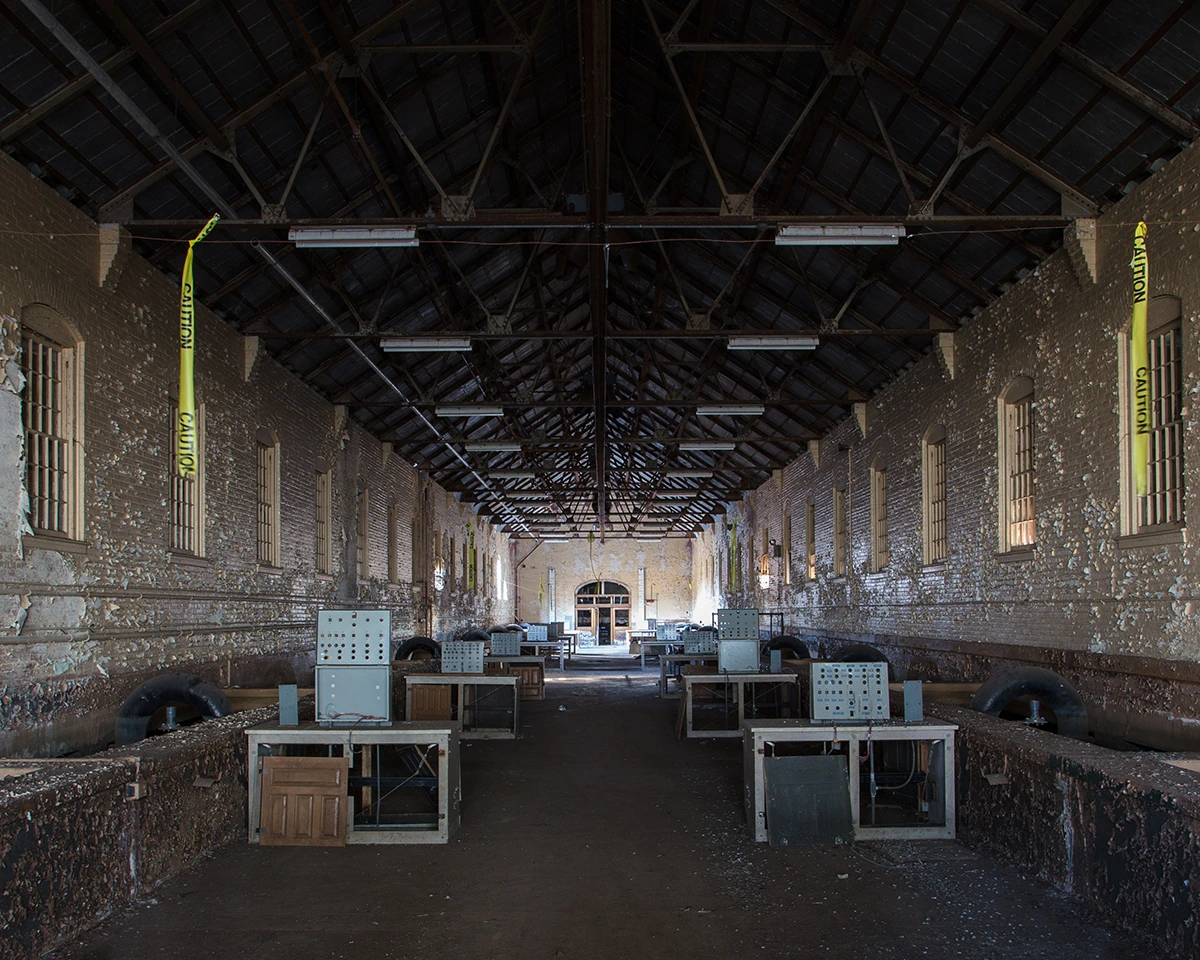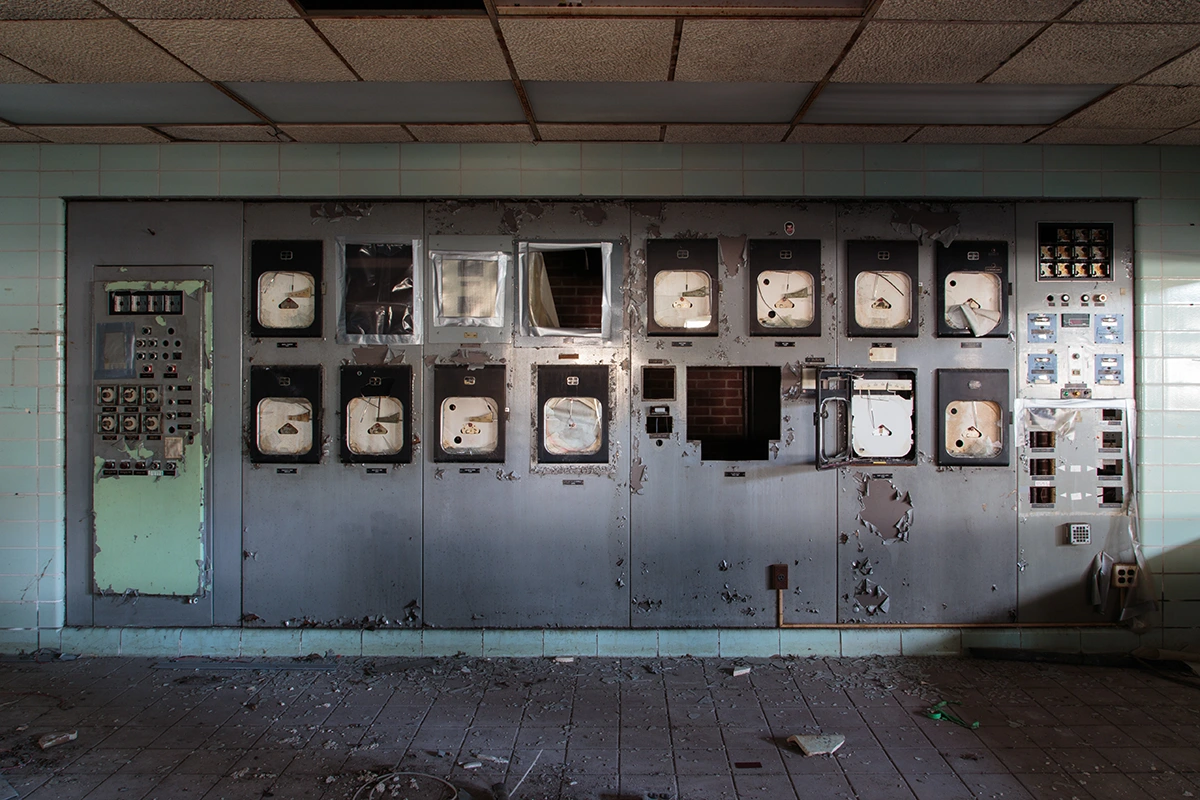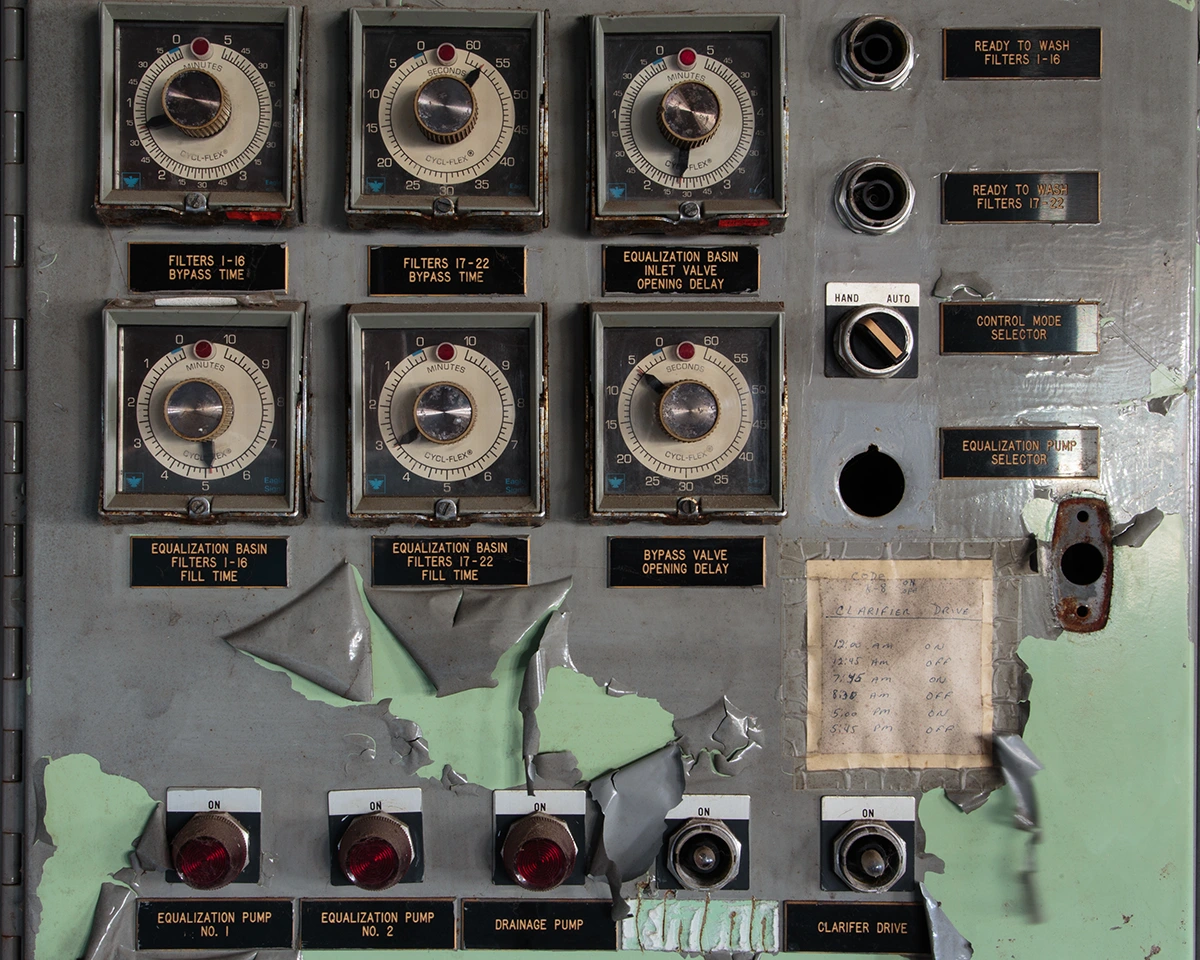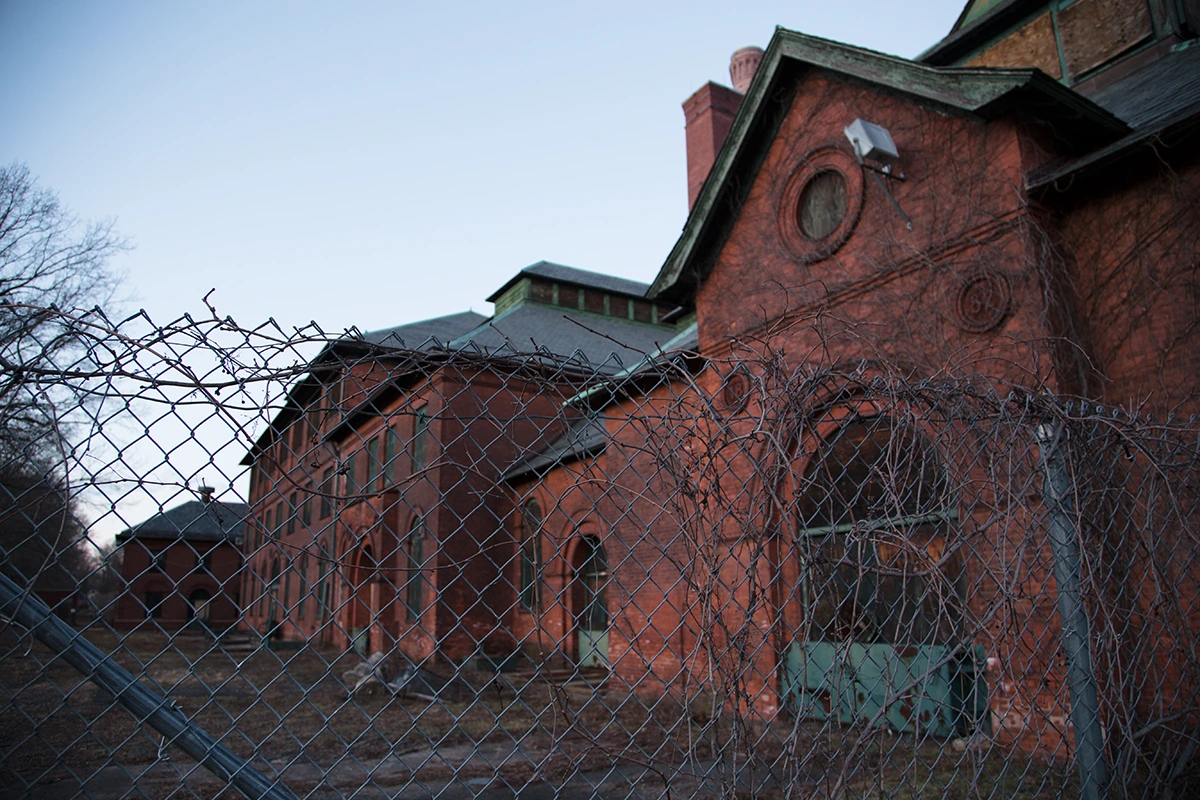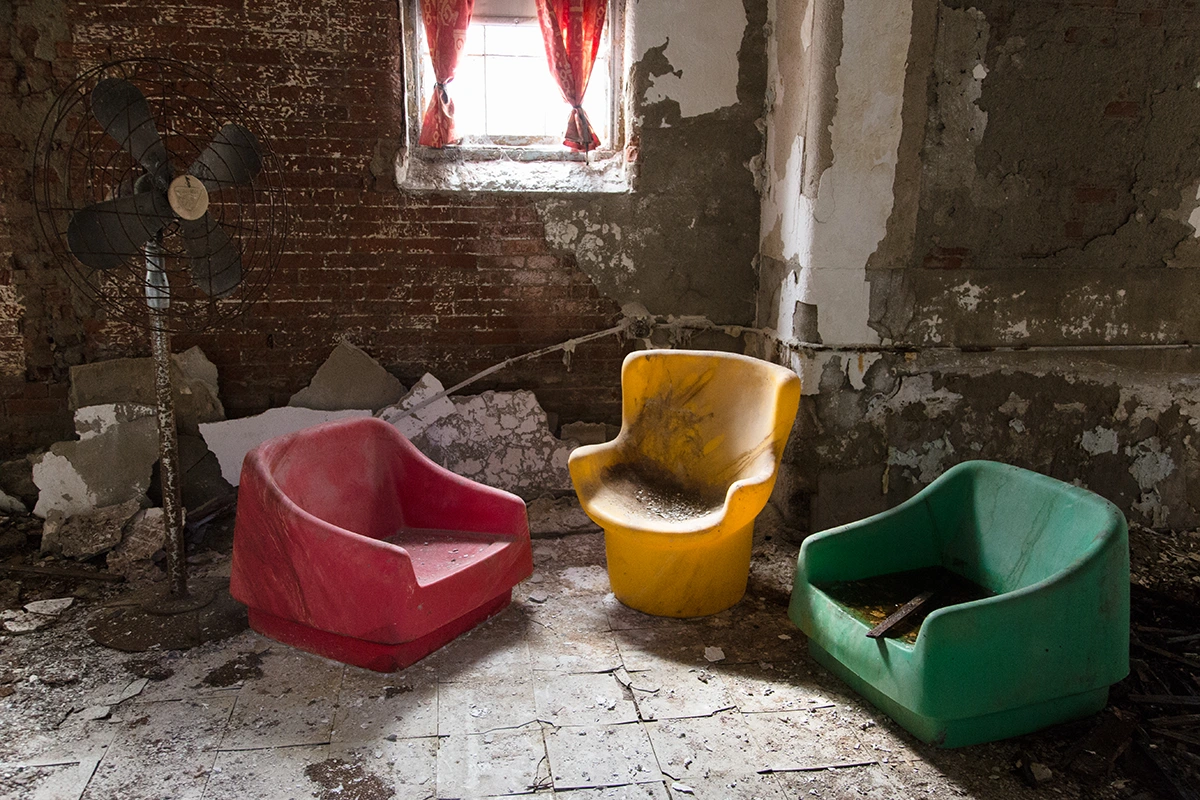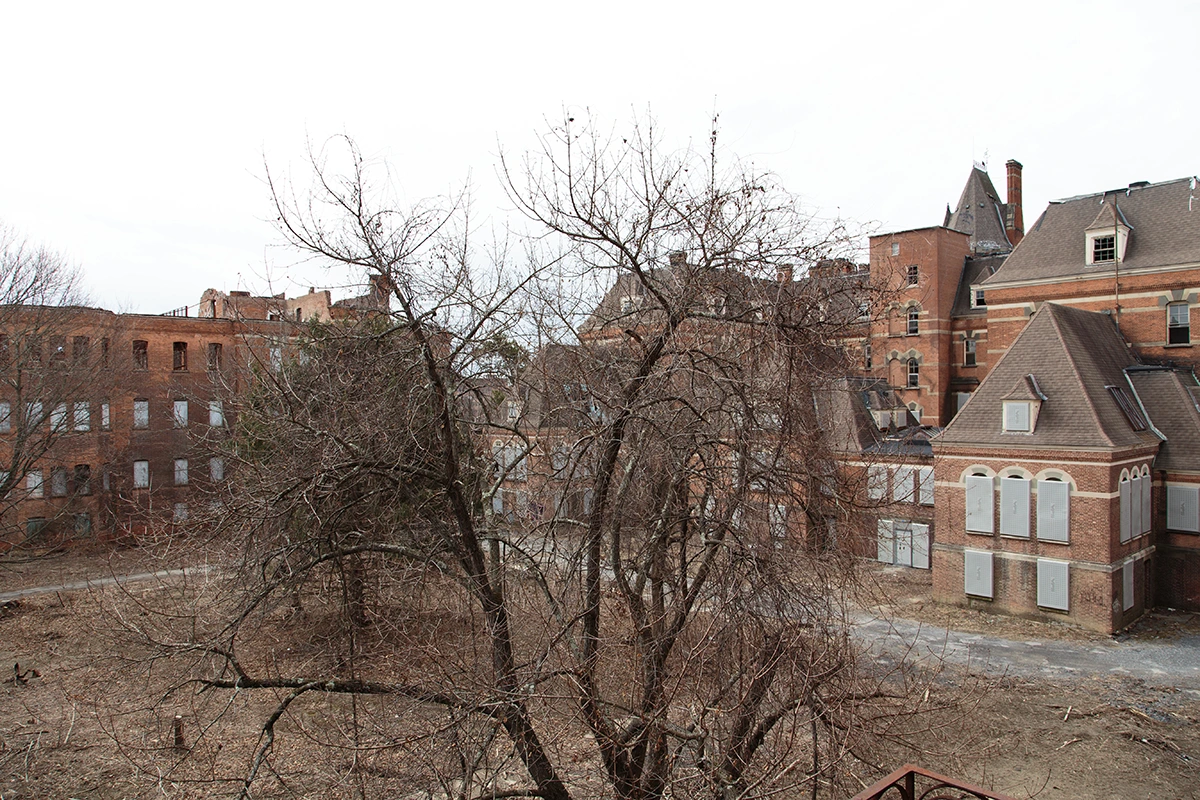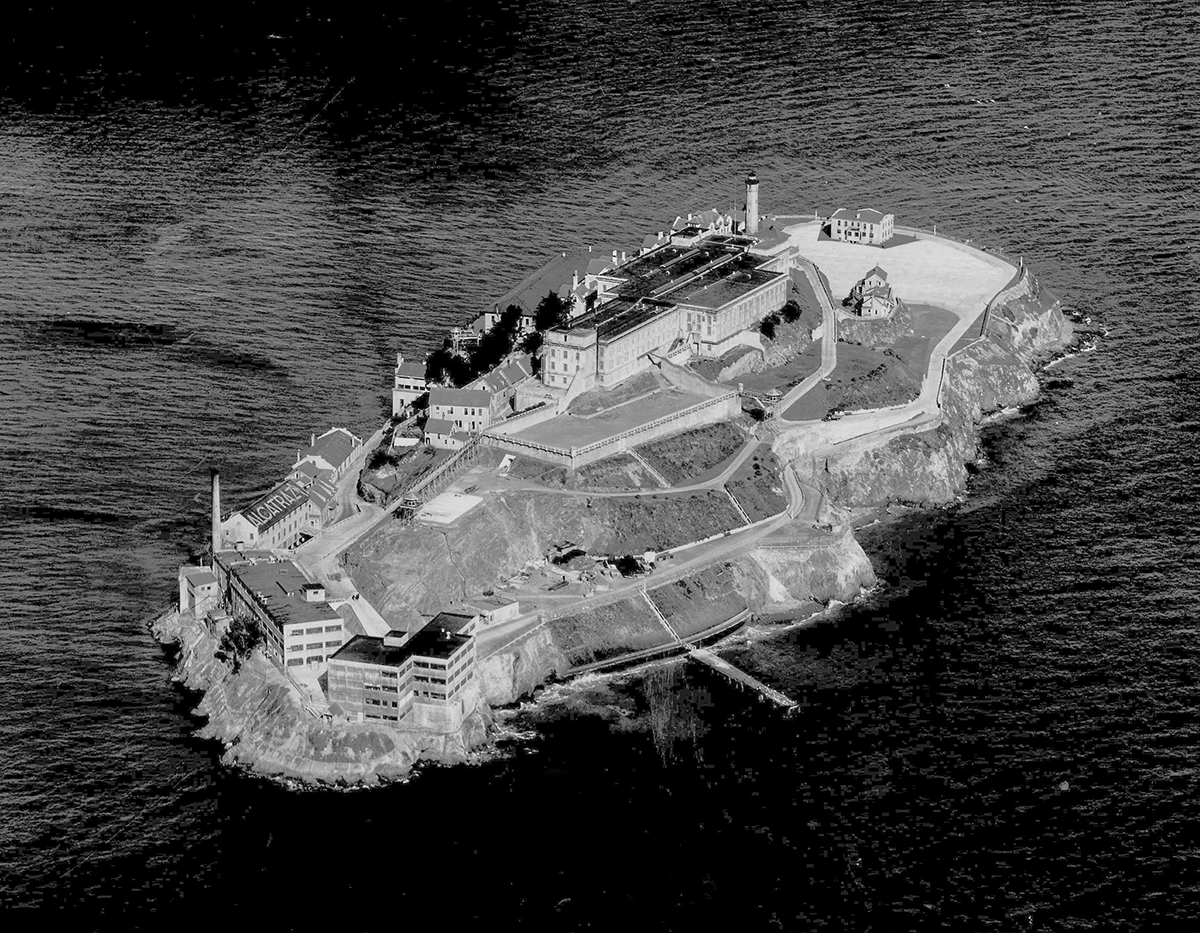Wednesday, March 30, 2016
Harlem Valley State Hospital was built in the 1920's and closed in the 1990's. It was originally supposed to be a prison but after construction had already begun, it was converted into a psychiatric hospital for the insane. This facility practiced both insulin and electro-shock therapy in addition to lobotomies. It is a massive campus and is surprisingly well-secured by the new owners who are slowly renovating parts of it. And they're not too fond of curious trespassers; There were no less than 4 separate security vehicles actively patrolling the site on the day of our visit and they missed us by mere seconds.. The last of our party had just slipped inside when a truck drove within a few feet of the opening. Hell yeah dude.
The route back to the car was one of the worst ever. We had to stay off the roads and far enough out of sight to not be visible from the roads. Half the way back (on what was a long hike) it was best described as a stickerbush swamp. It sucked real bad. But then it was over and we got in our car to proceed on, once again, victorious. Hell yeah dude.
This is part three of an epic 7 part, 2,600 mile, road trip.
Click here for video.
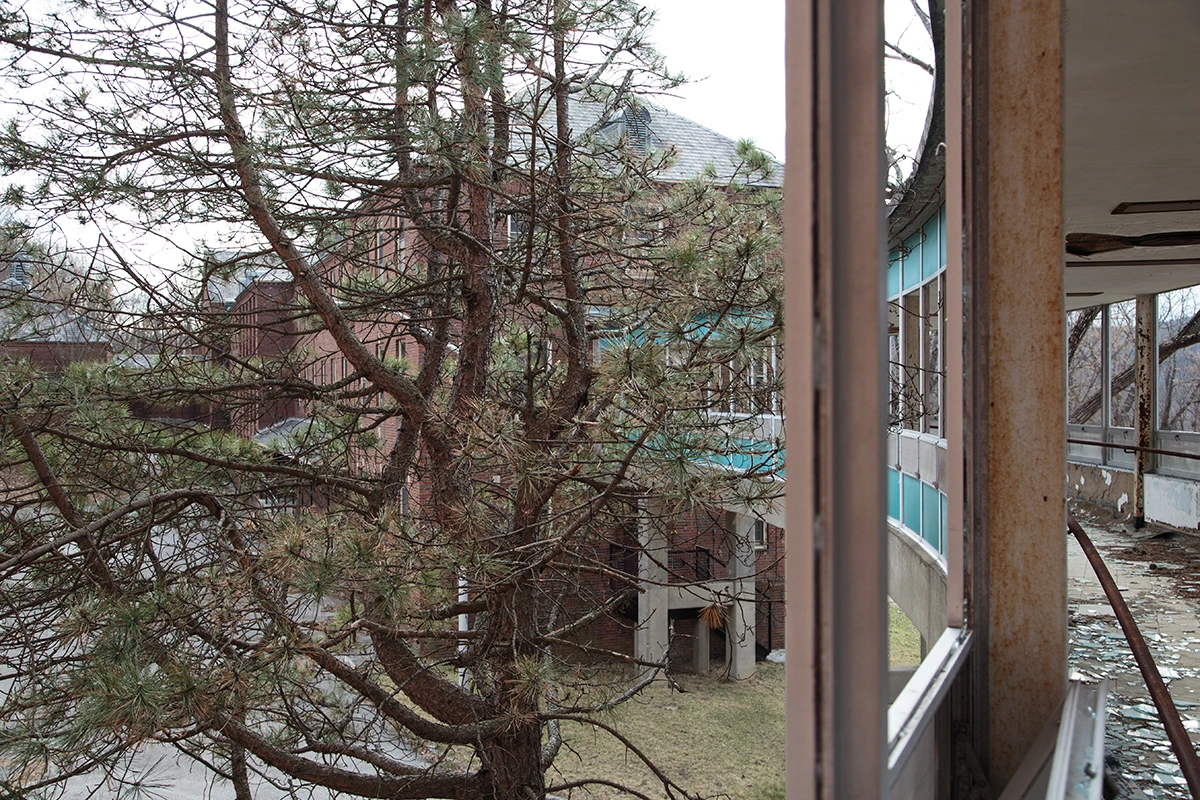
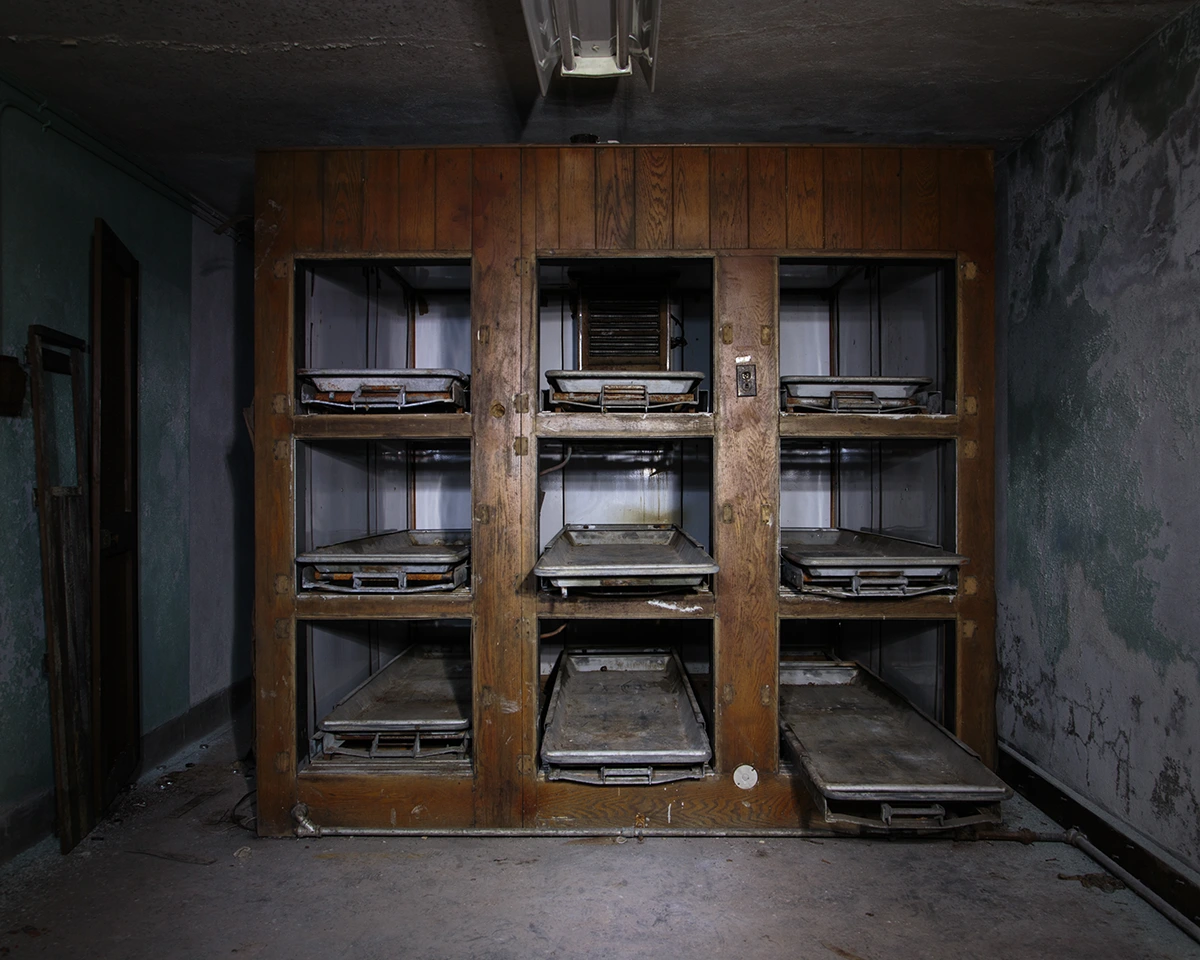
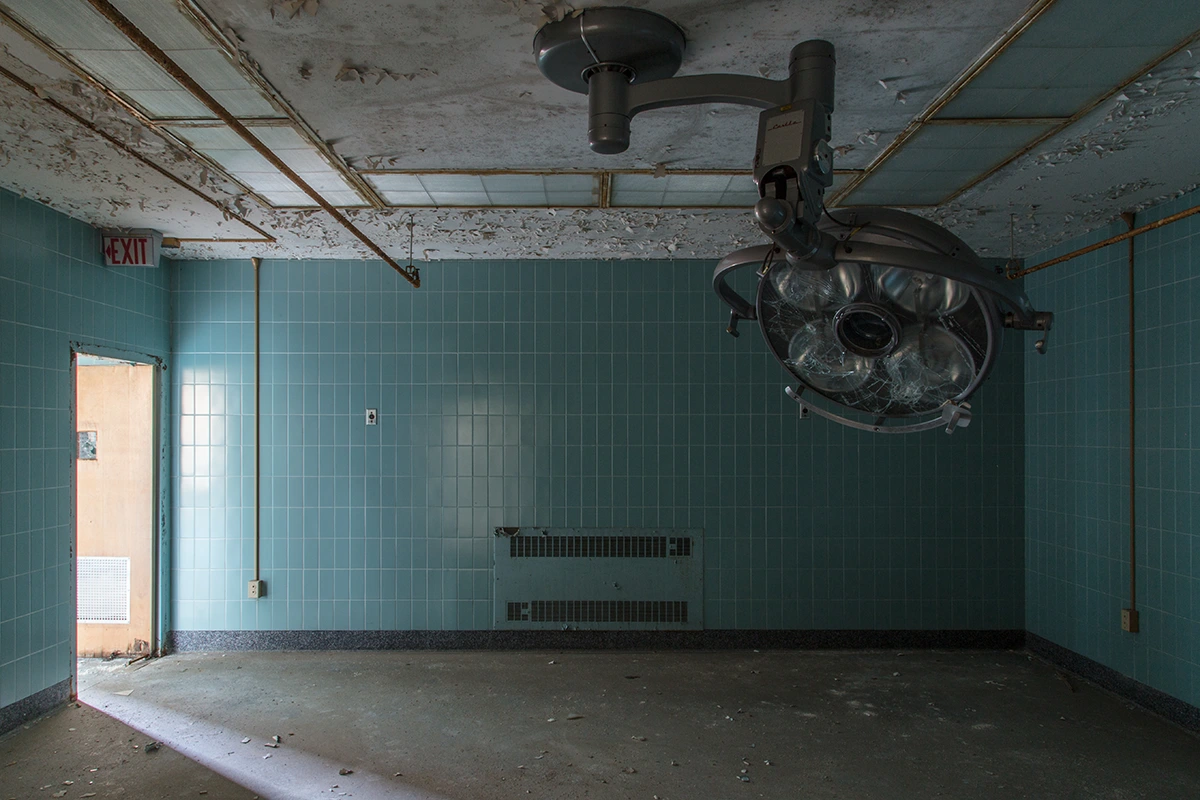
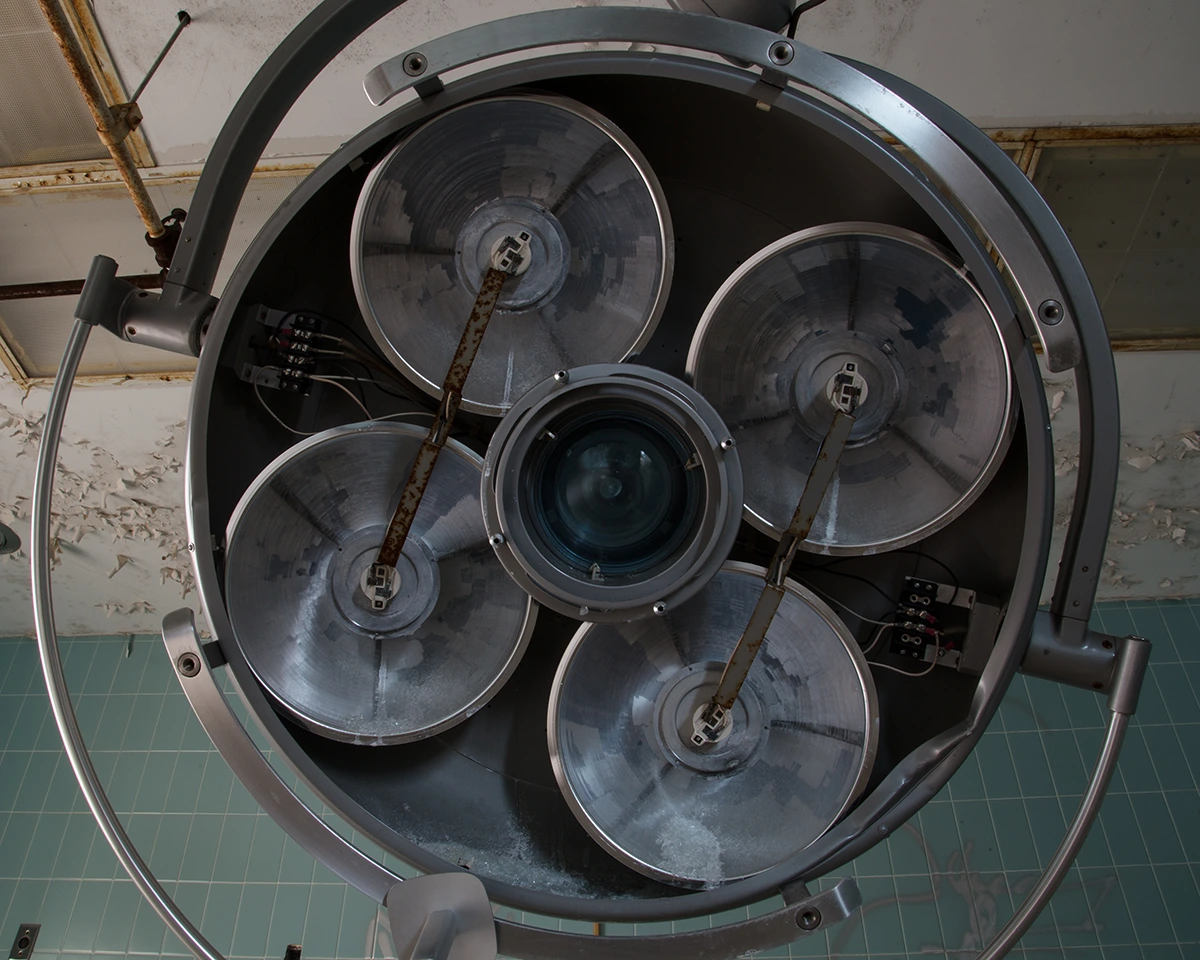
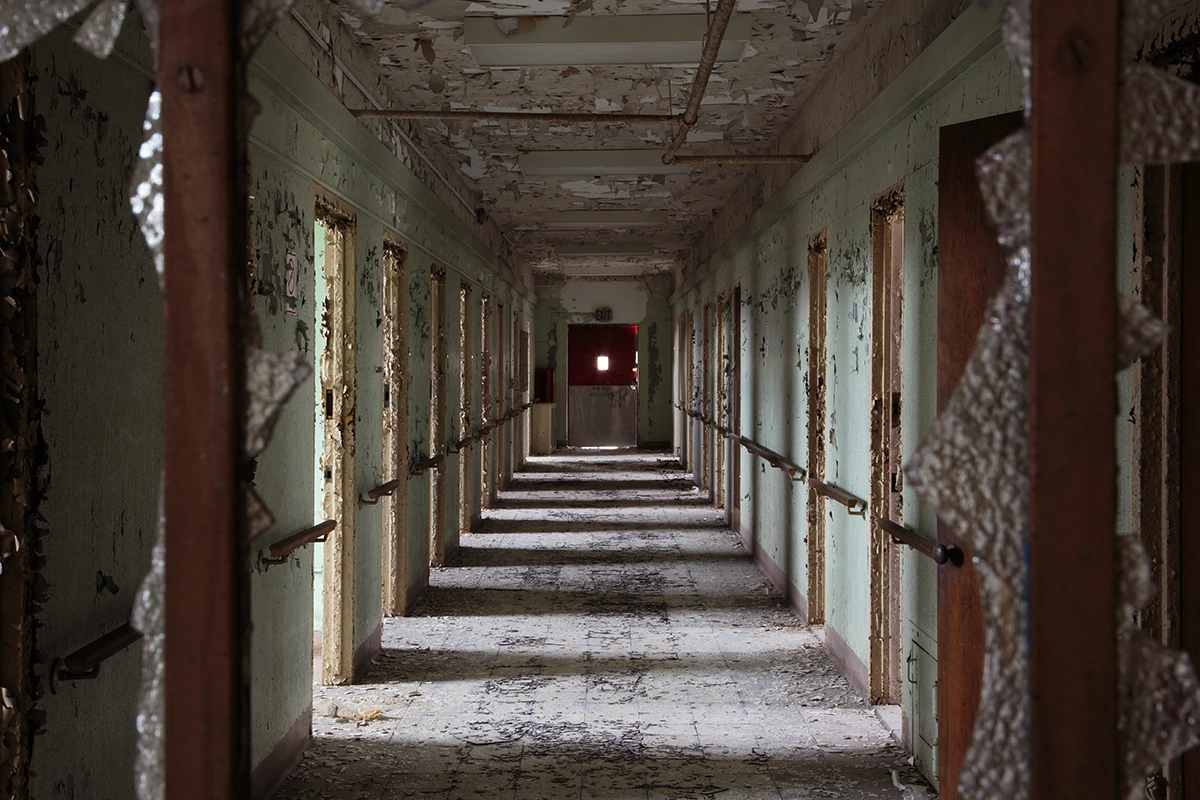
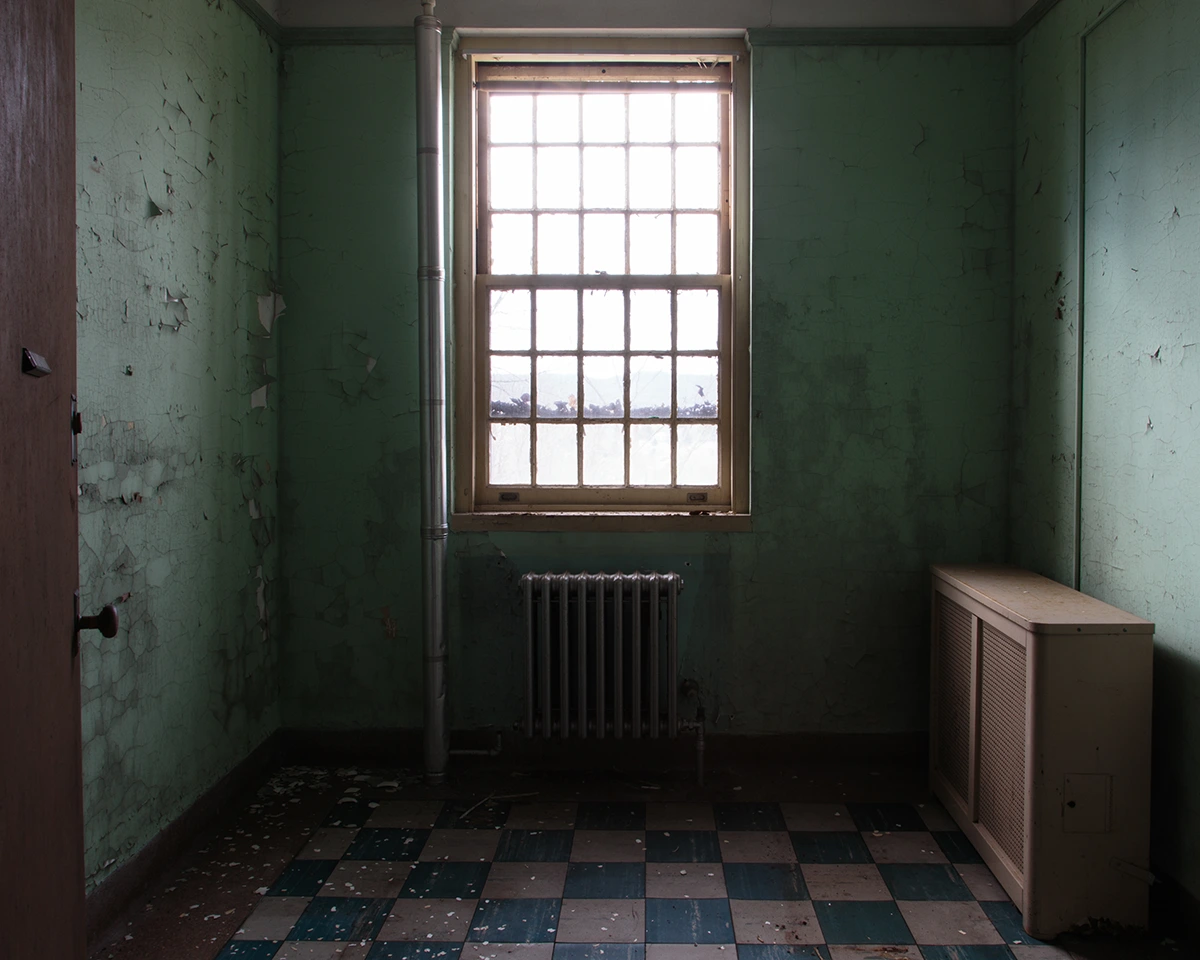
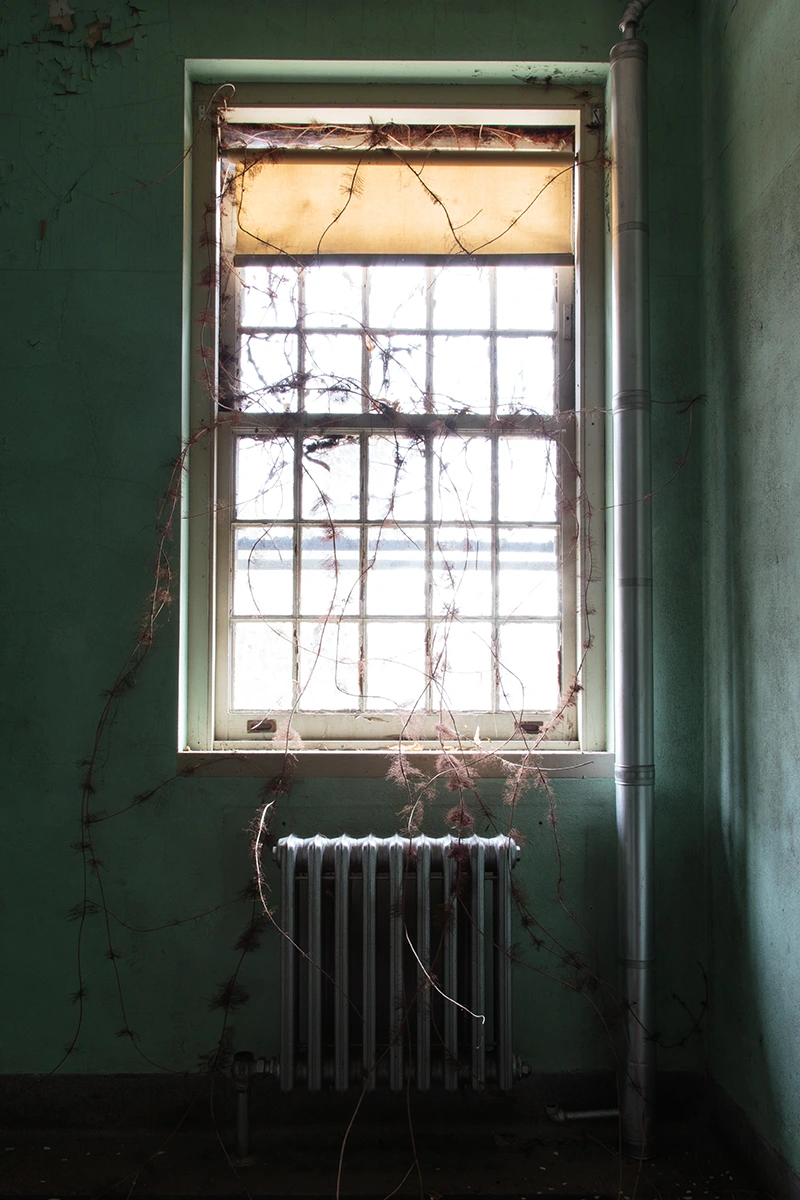
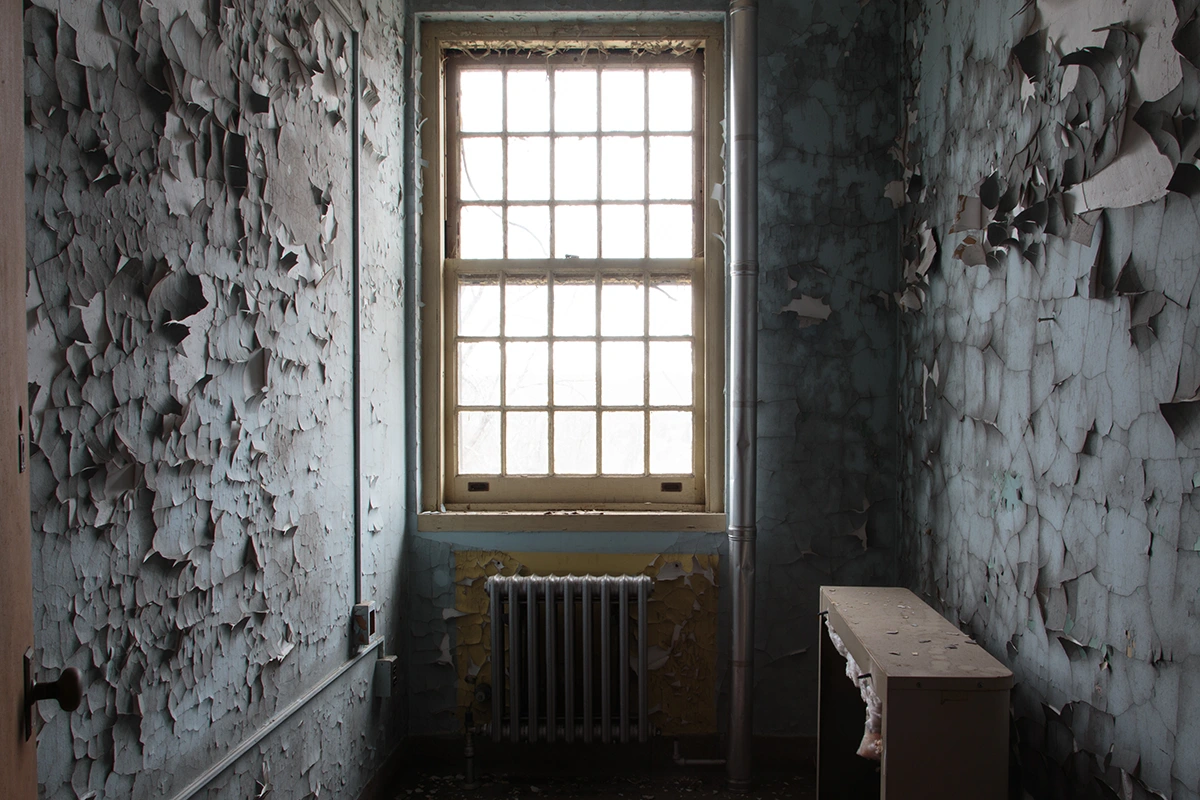
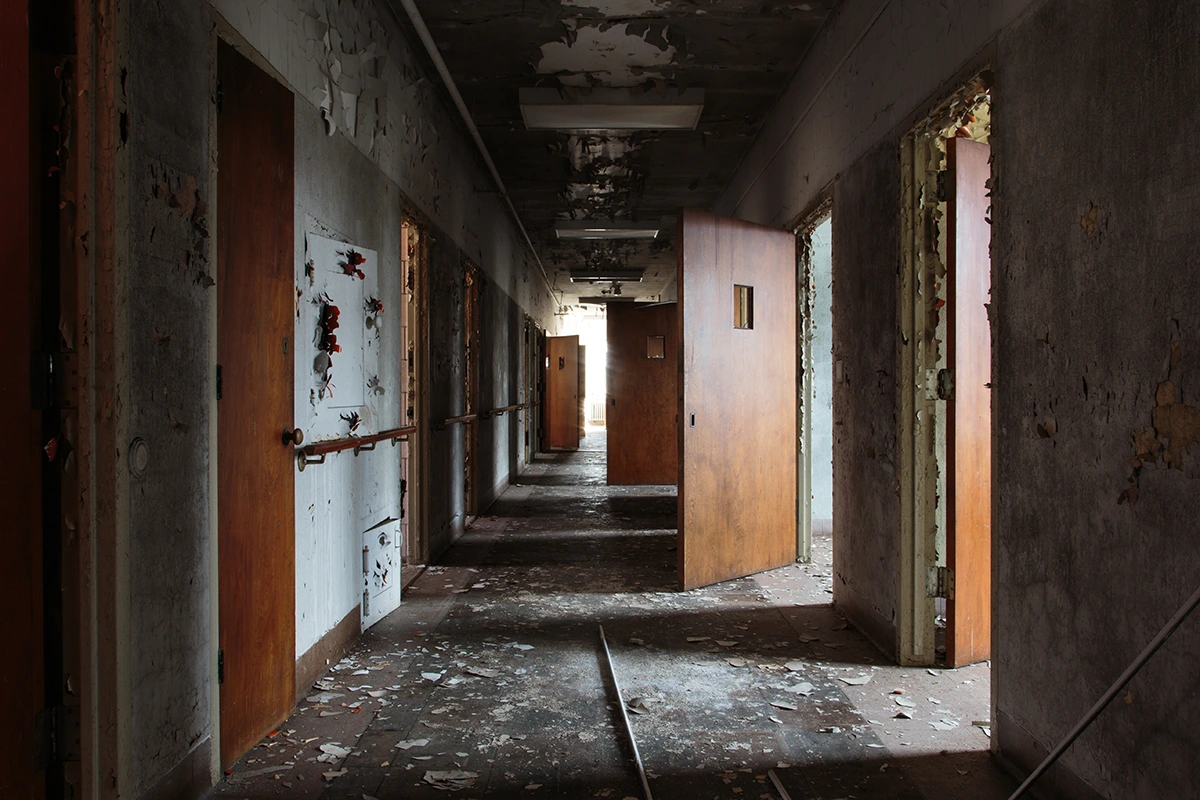
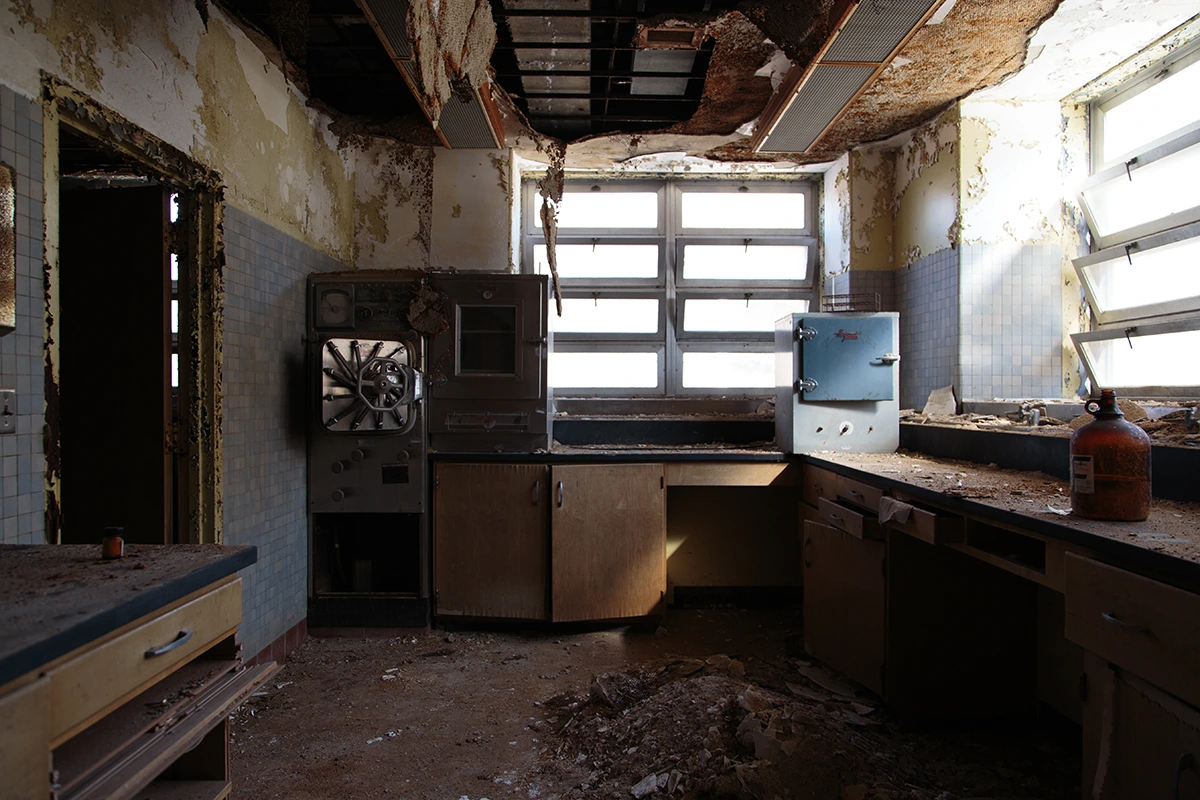
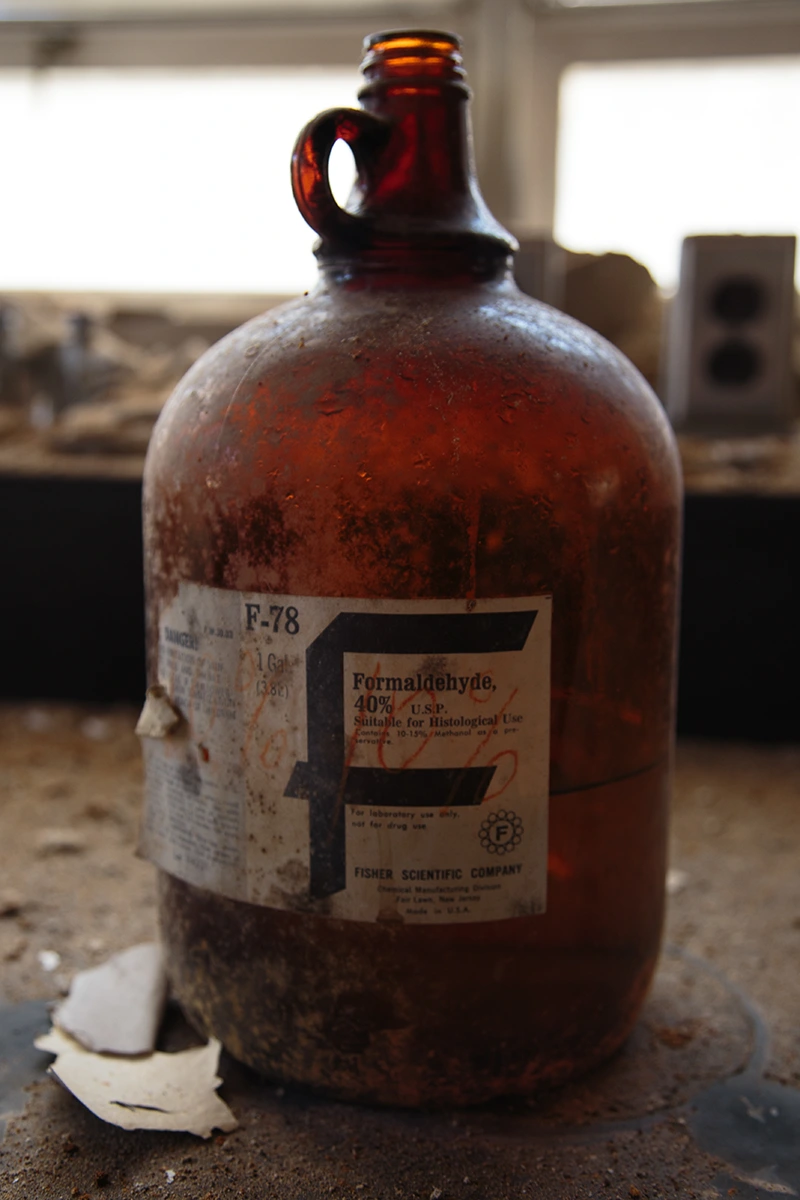
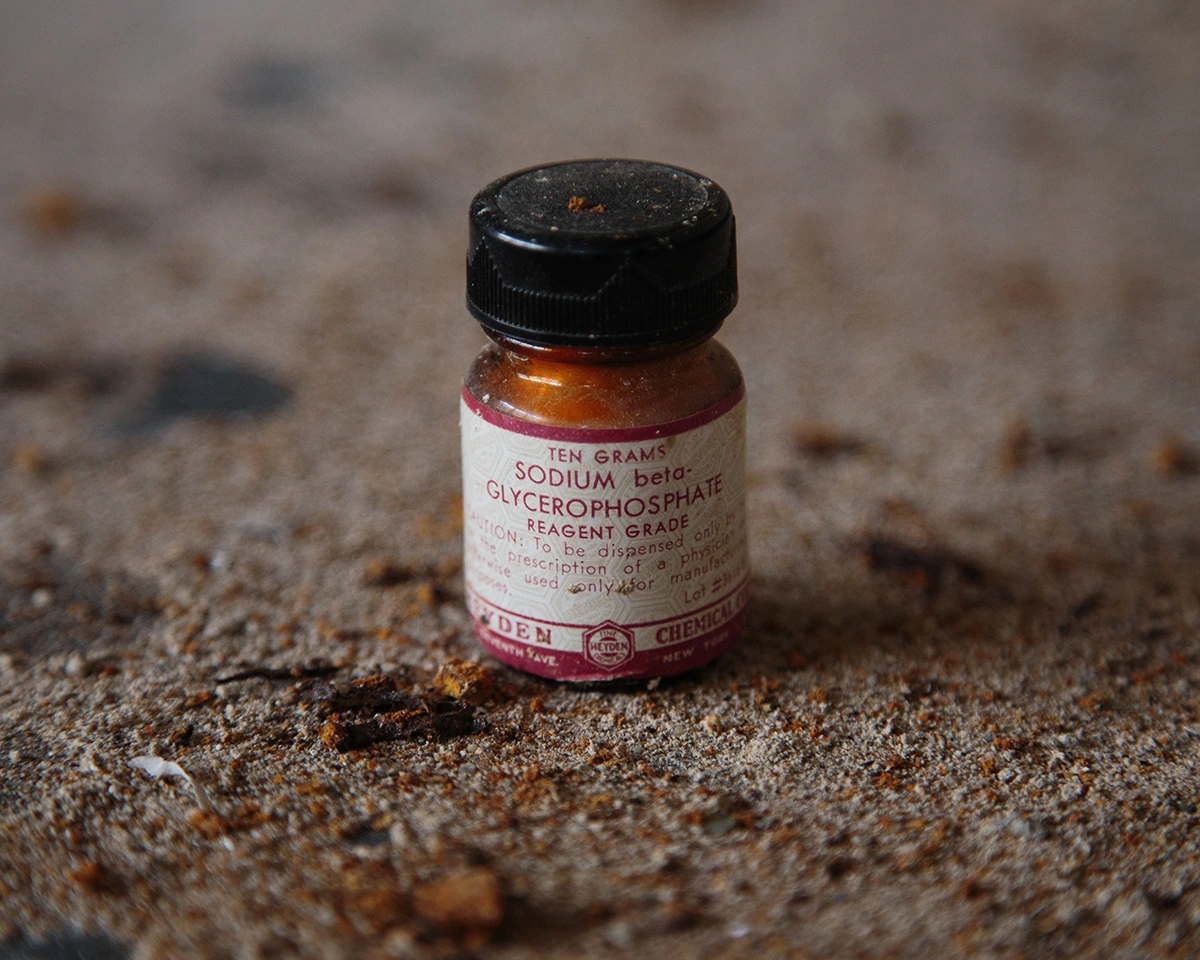
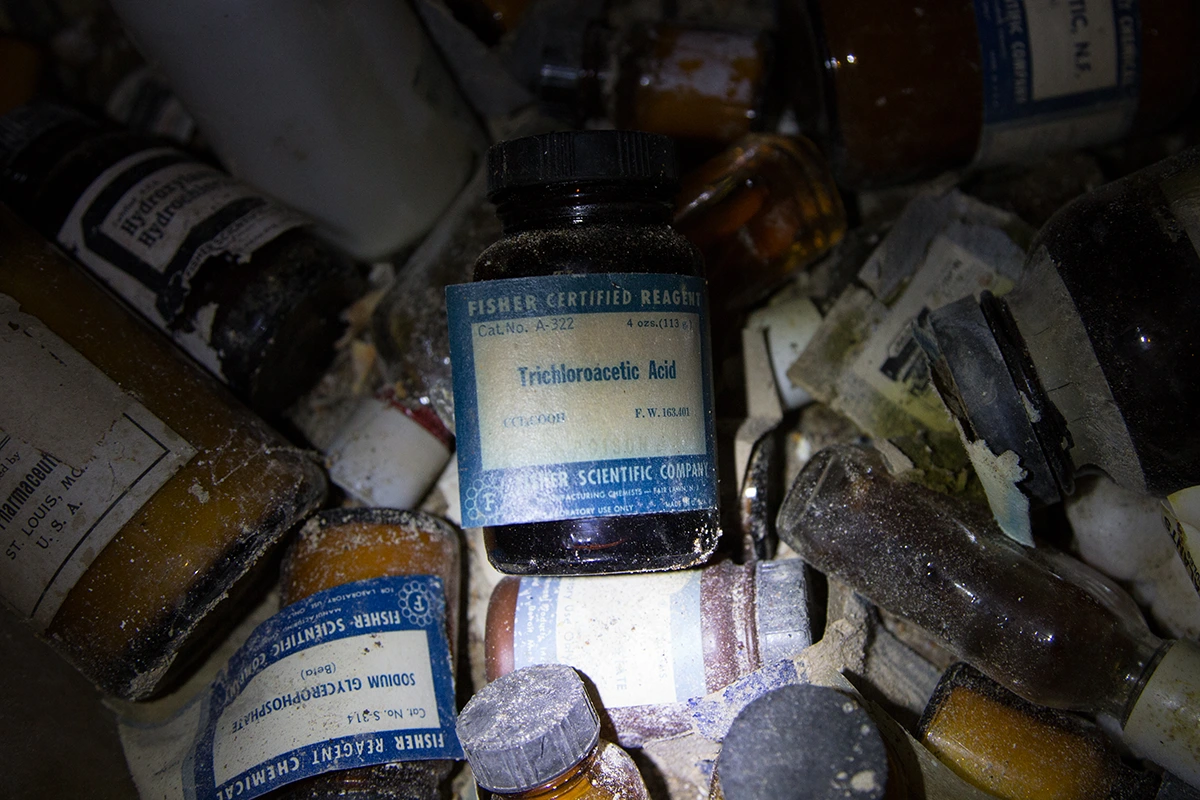
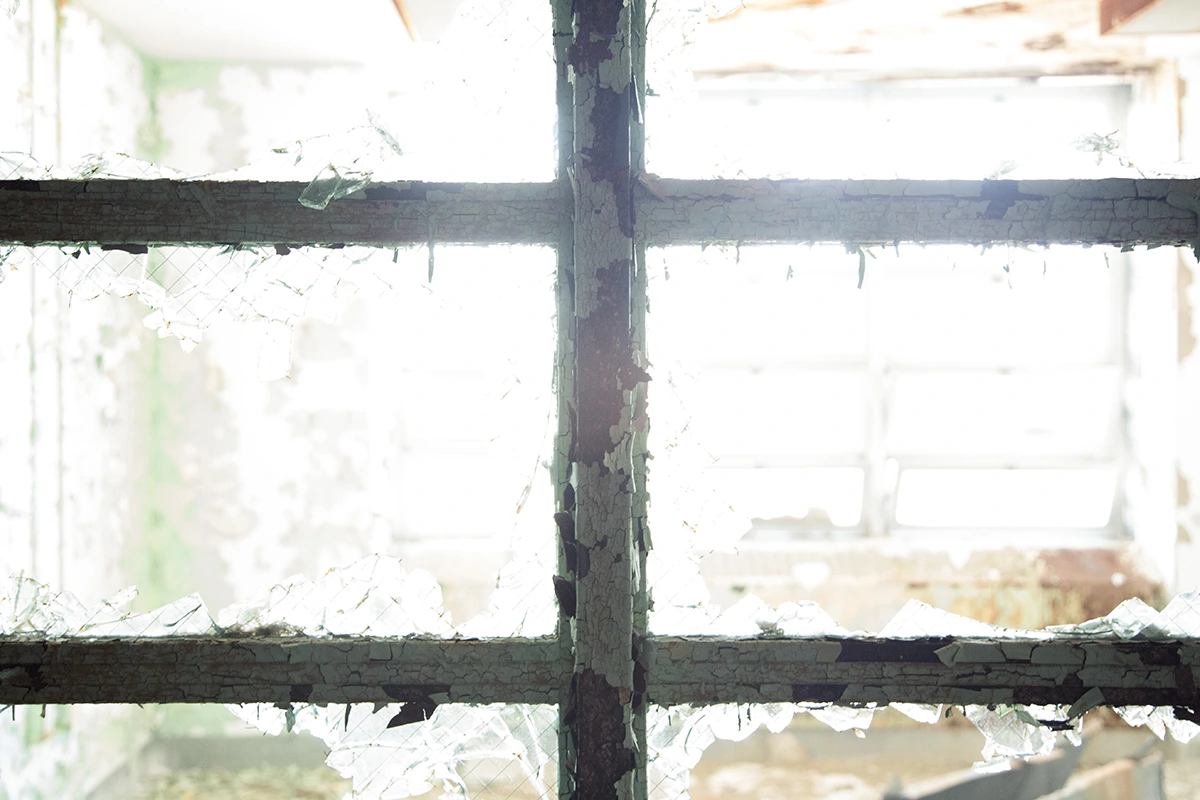

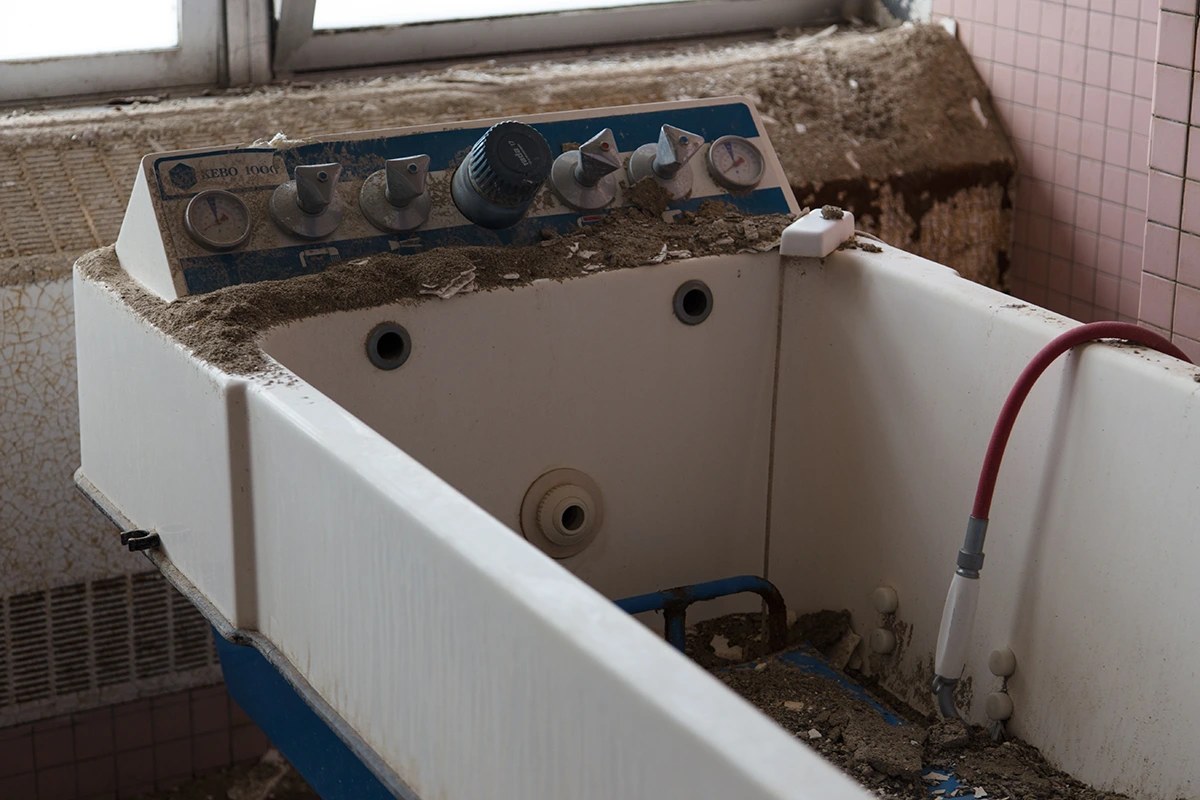
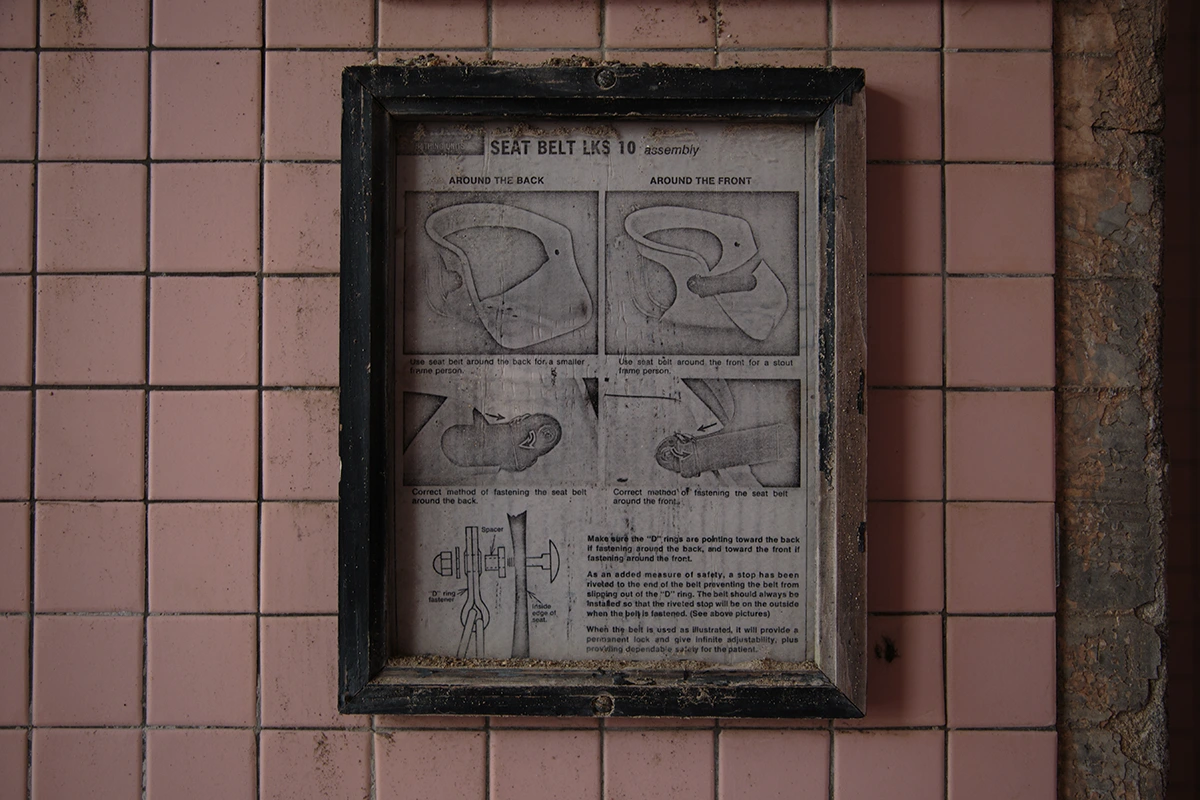
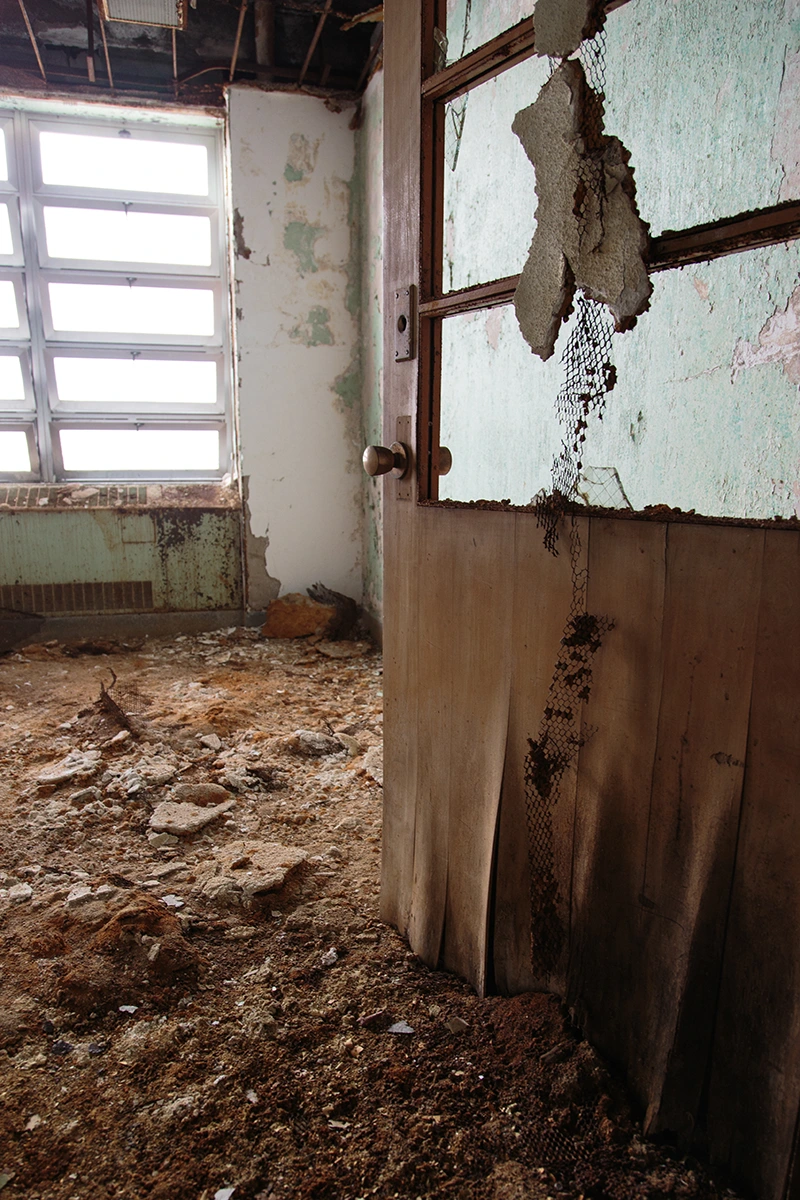
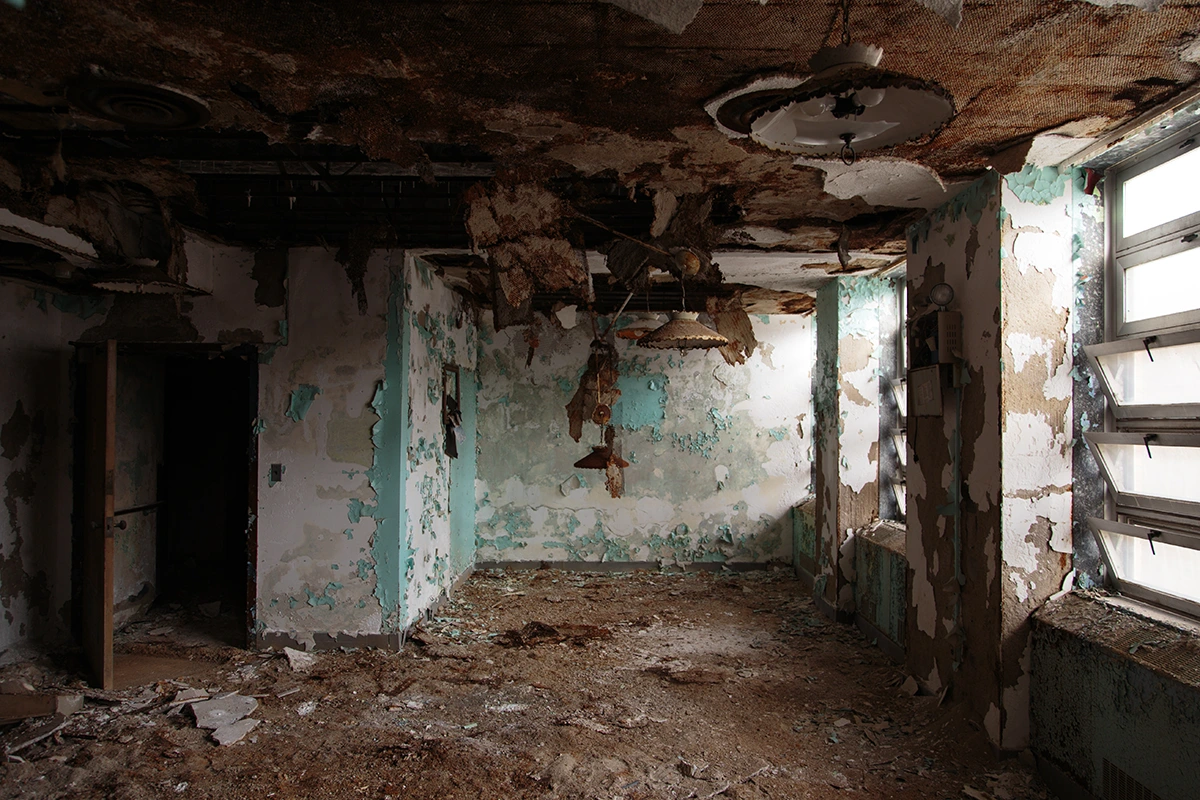
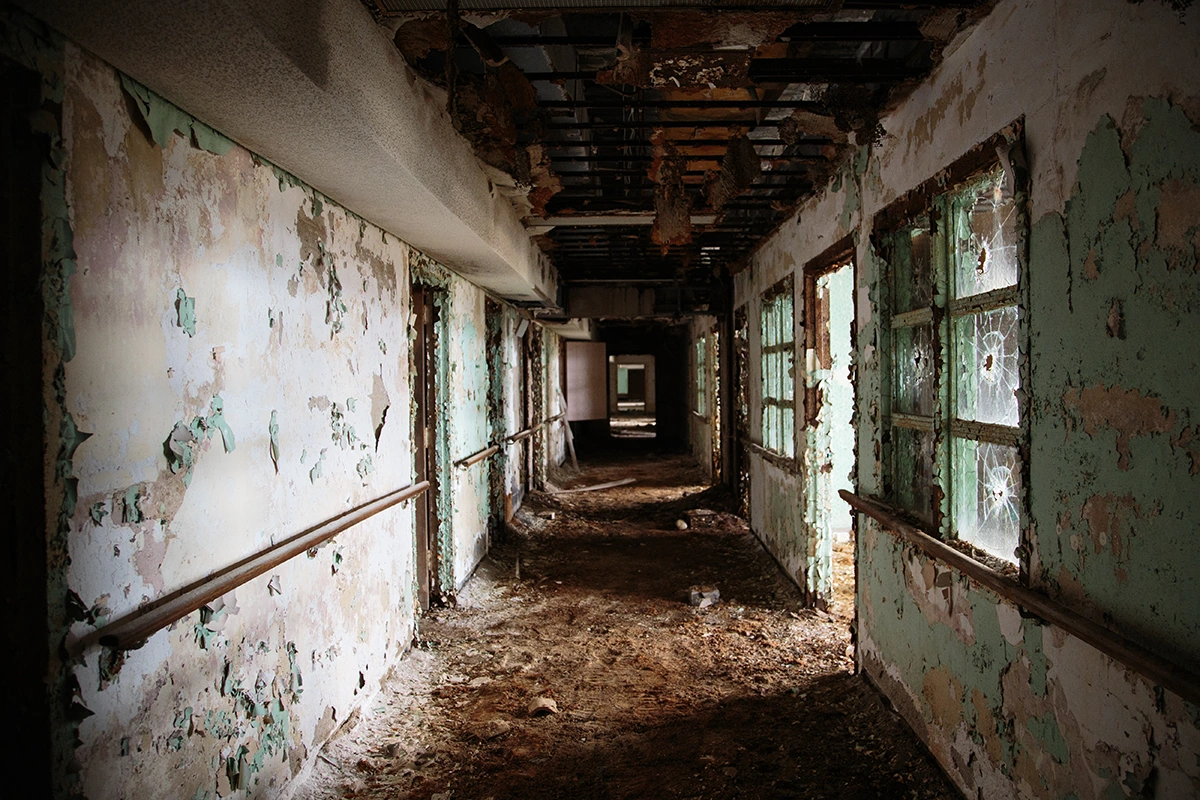
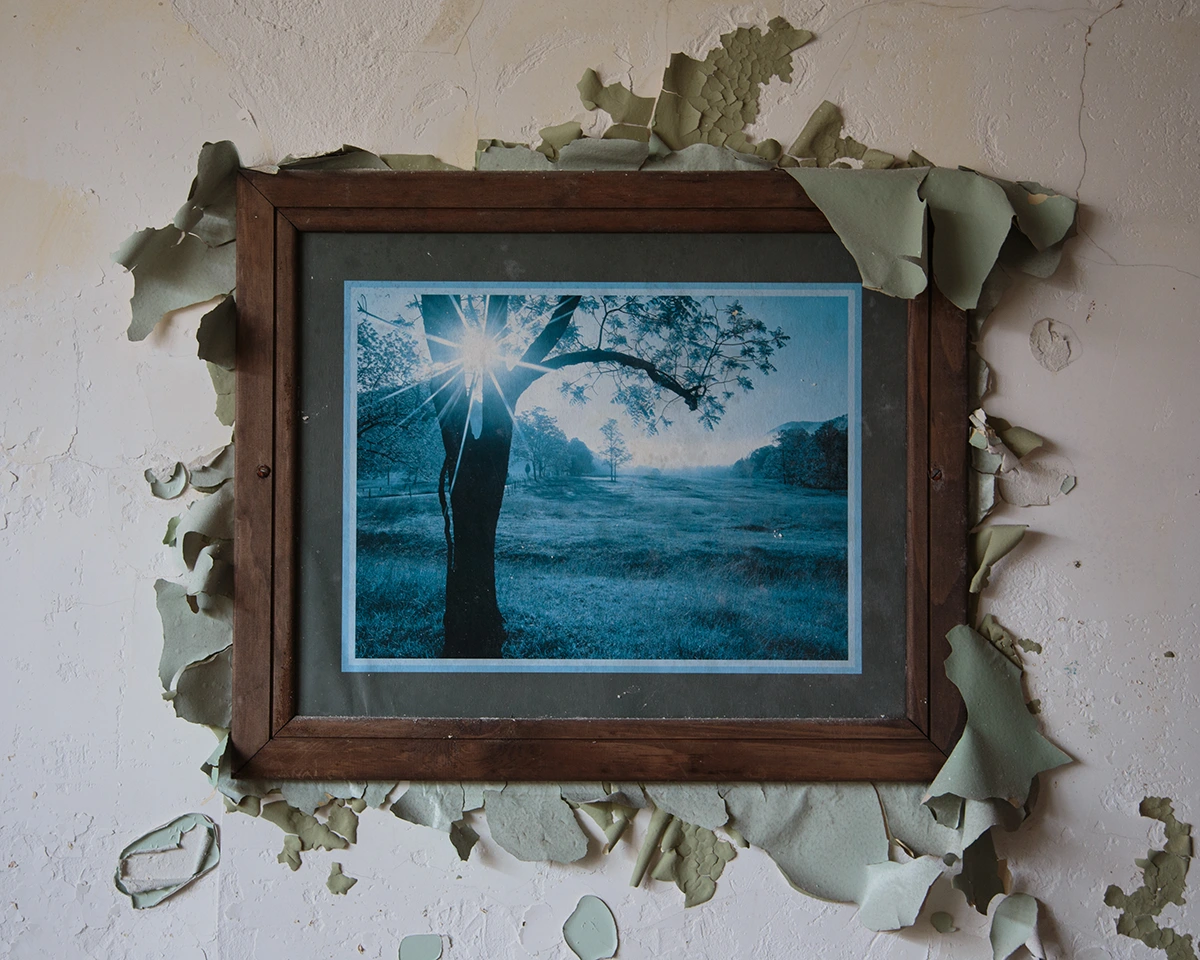
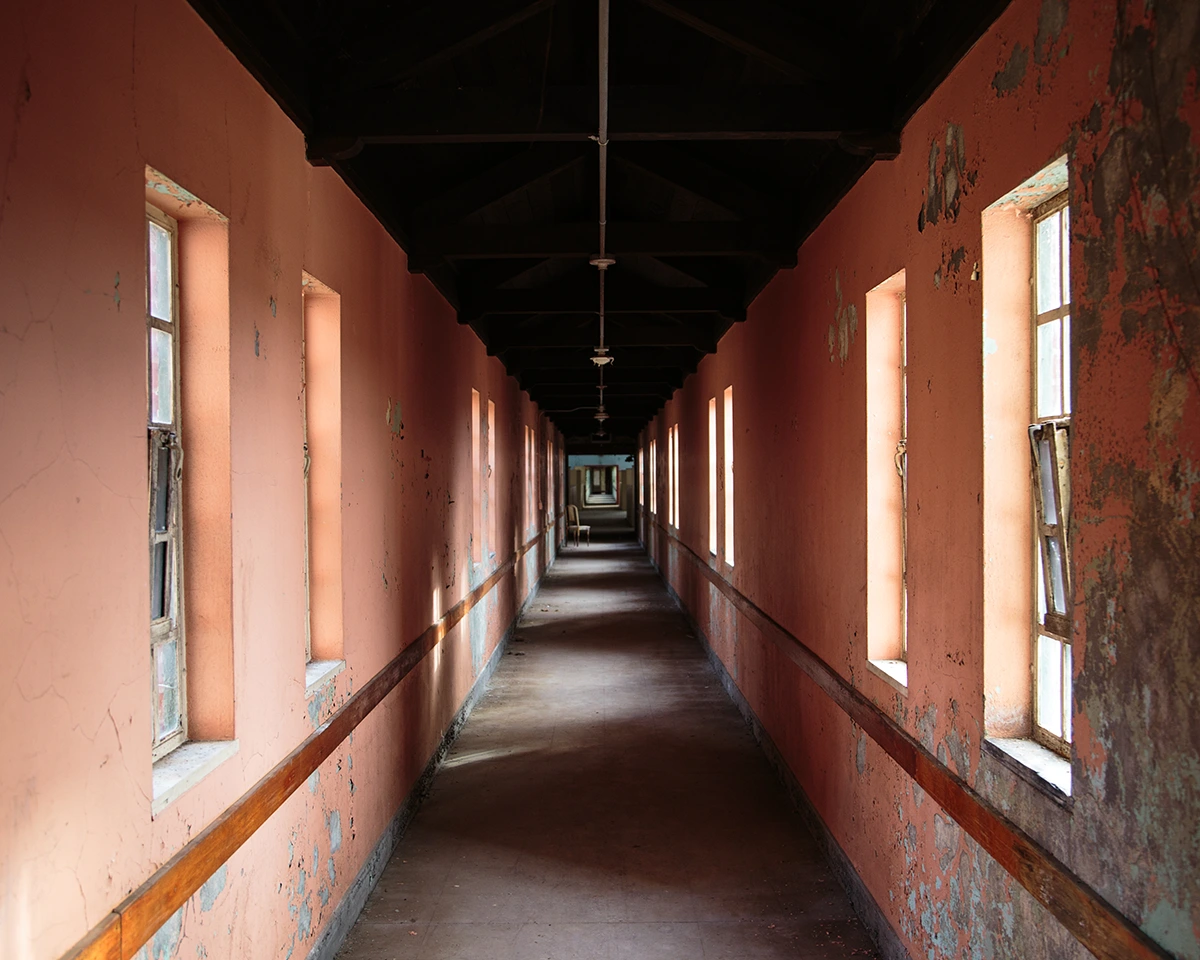
Labels: asylum, institutional, mental hospital, morgue, urban ruins
Tuesday, March 29, 2016
The Waterworks was constructed in the early 1880's on a small man-made island in the middle of a river. When The Waterworks came online, it provided clean drinking water at a rate of 3.8 Million gallons per day. The population of the surrounding neighborhoods expanded quickly in the years following the Civil War and with it came an increased demand for water. By 1886, a new engine was installed, capable of delivering 10 Million gallons per day. In the early 1900's, The Waterworks was working on new water filtration techniques and built a large new filtration plant and laboratory on site. Demand for clean water continued to increase, so in 1911, the waterworks installed the massive 5 story Allis Chalmers steam engine you see here which by itself had a capacity of 20 Million gallons per day. This steam engine stands 50 feet tall and each of its 32-ton flywheels can push 607 gallons of water with each revolution. Soon afterward, in 1915, the No. 3 Allis Chalmers pump was installed (which is the strange looking grey pump also shown here) and the capacity of this smaller pump was actually nearly double the big one, at 36 Million gallons per day. By the mid 20th century, the Waterworks was operating at its peak of 100 Trillion gallons per year, but by this time was showing its age.
While this Waterworks is credited for having pioneered the use of activated carbon in water purification in the 1920's, a newer and more state of the art facility was built nearby and subsequently took over water treatment for the area. In May of 1990, after over 100 years of continuous operation, The Waterworks shut down for good. For nearly 30 years now, the plant has been sitting idle while politicians and local residents battle over whether to preserve it as a park and museum or to simply demolish and divide up the land.
Click here for video.
This is part two of an epic 7 part, 2,600 mile, road trip.
Check out this GIF. Here's a video of a completely different waterworks but with similar steam engines running simultaneously.
Historic Photos of The Water Works
End Historic Photos
Source(s) of historical information are withheld for now; author of GIF is unknown to me at this time.
Labels: 1800s, historic, industrial, machinery, rust, water treatment plant
Monday, March 28, 2016
Hudson River State Hospital is a "Victorian Gothic" styled Kirkbride Hospital for the Insane which was constructed in New York in 1868 and opened on October 18, 1871. Construction took over 25 years to complete and was heavily criticized for cost overruns and delays. It operated until 2003 when facilities were consolidated with other local hospitals and it has been abandoned ever since. Demolition is set to begin any day now.
A detailed history of this site is beyond my current means but Wikipedia covers the history here pretty well. Suffice it to say this place is huge (it was originally 750 acres) and by now is pretty well destroyed.
This is part one of an epic 7 part, 2,600 mile, road trip. Stay tuned..

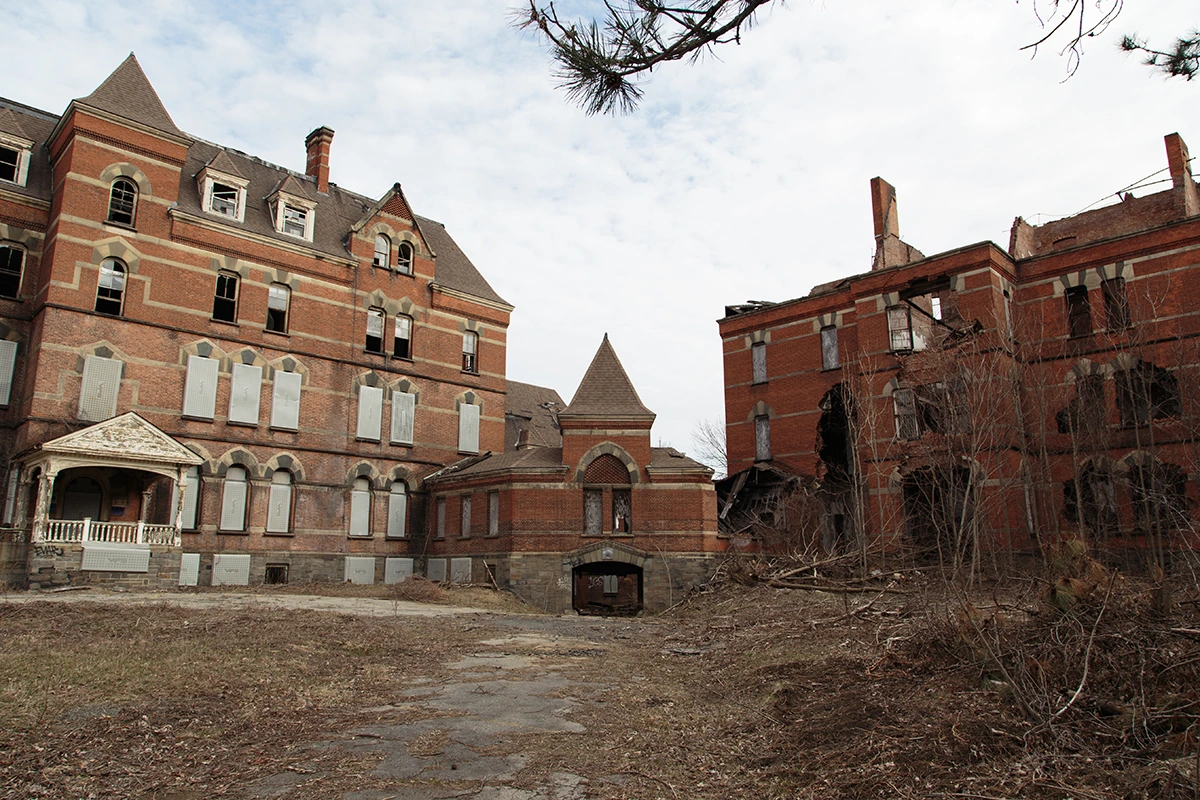
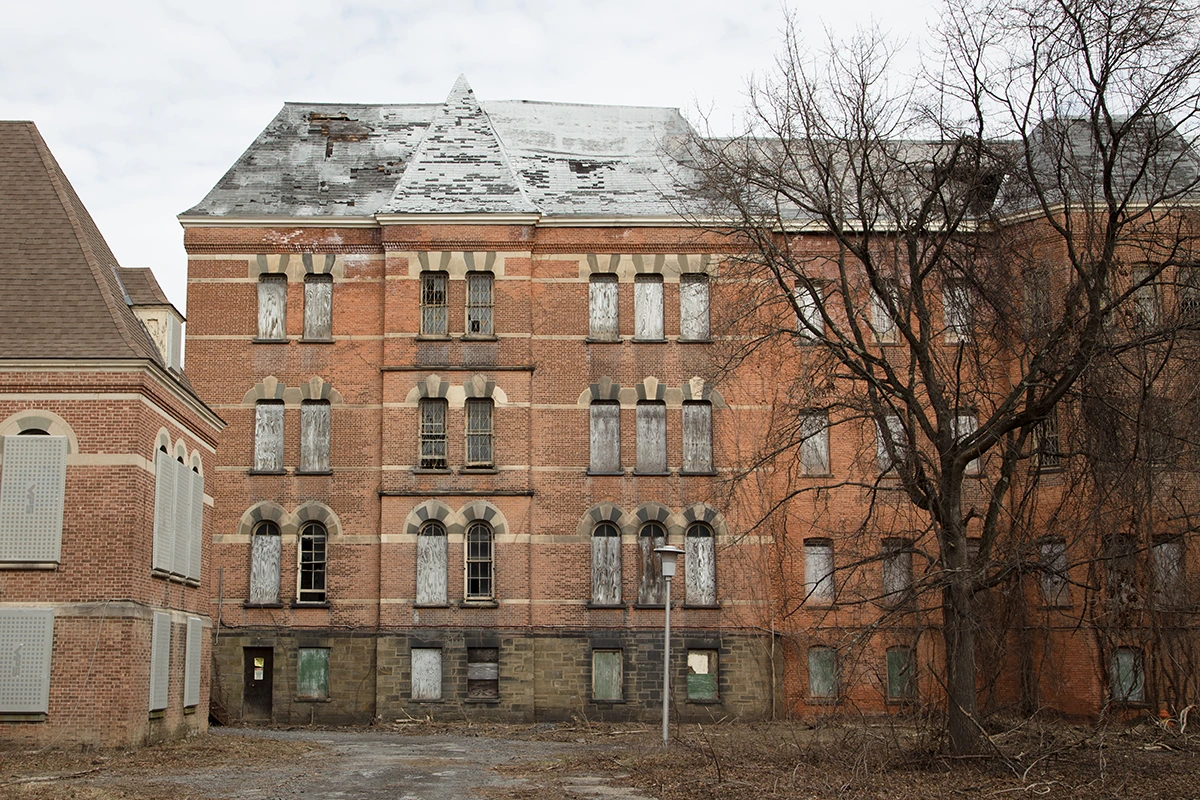
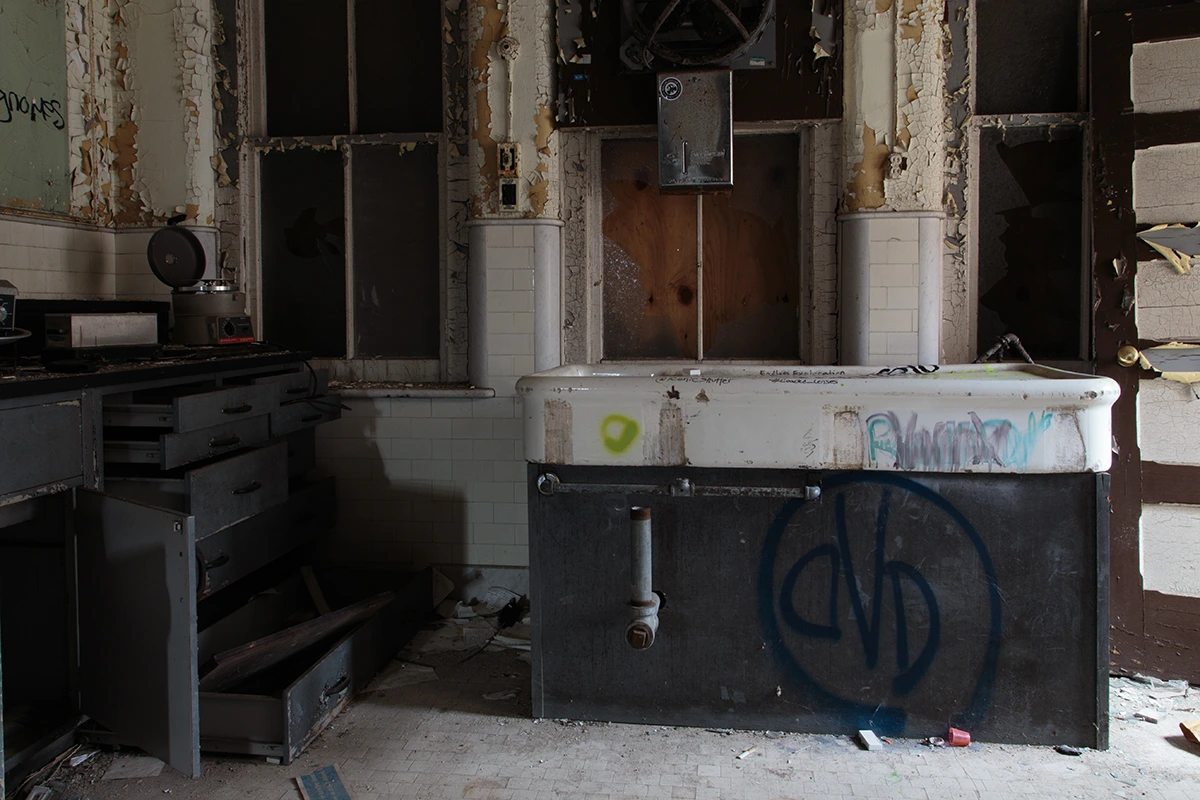
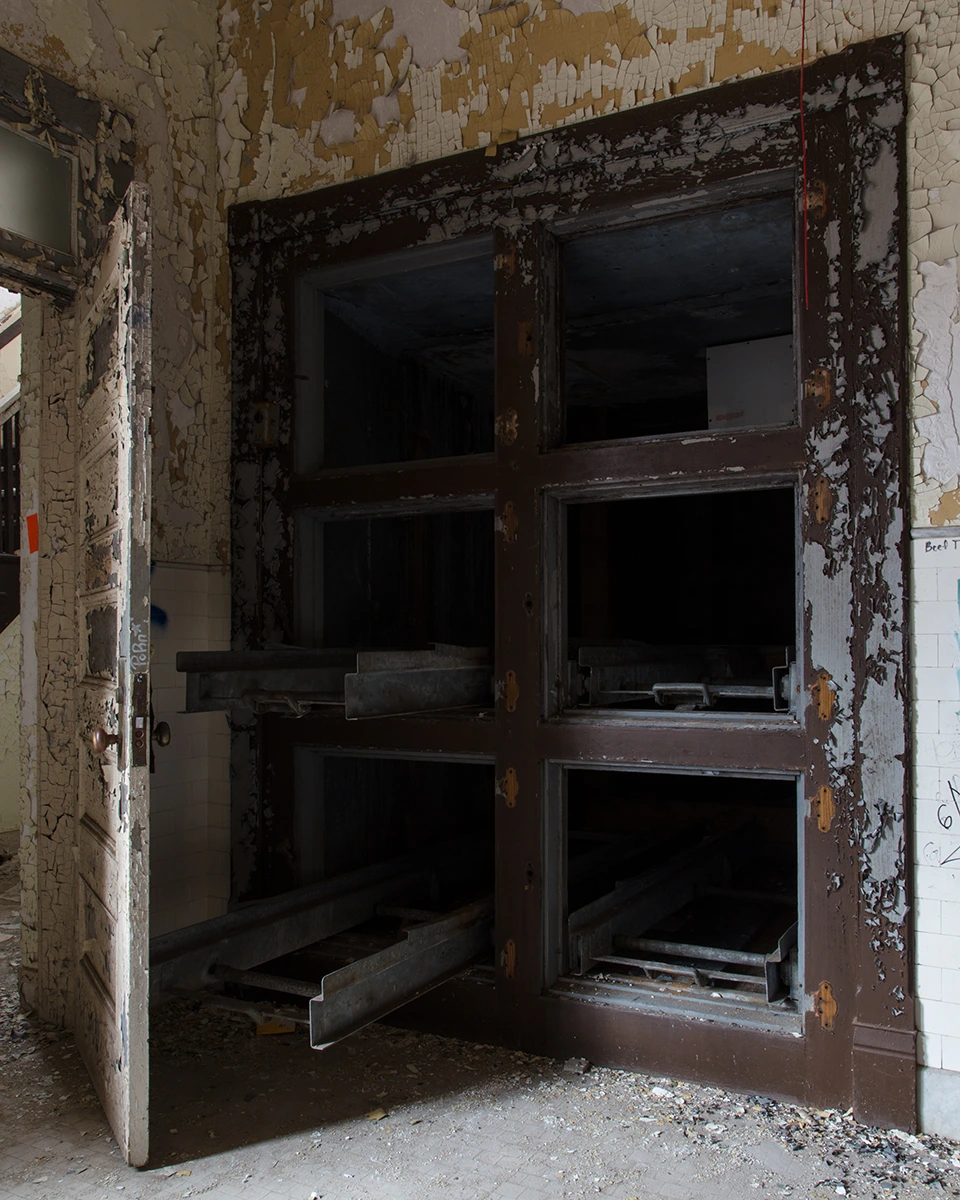
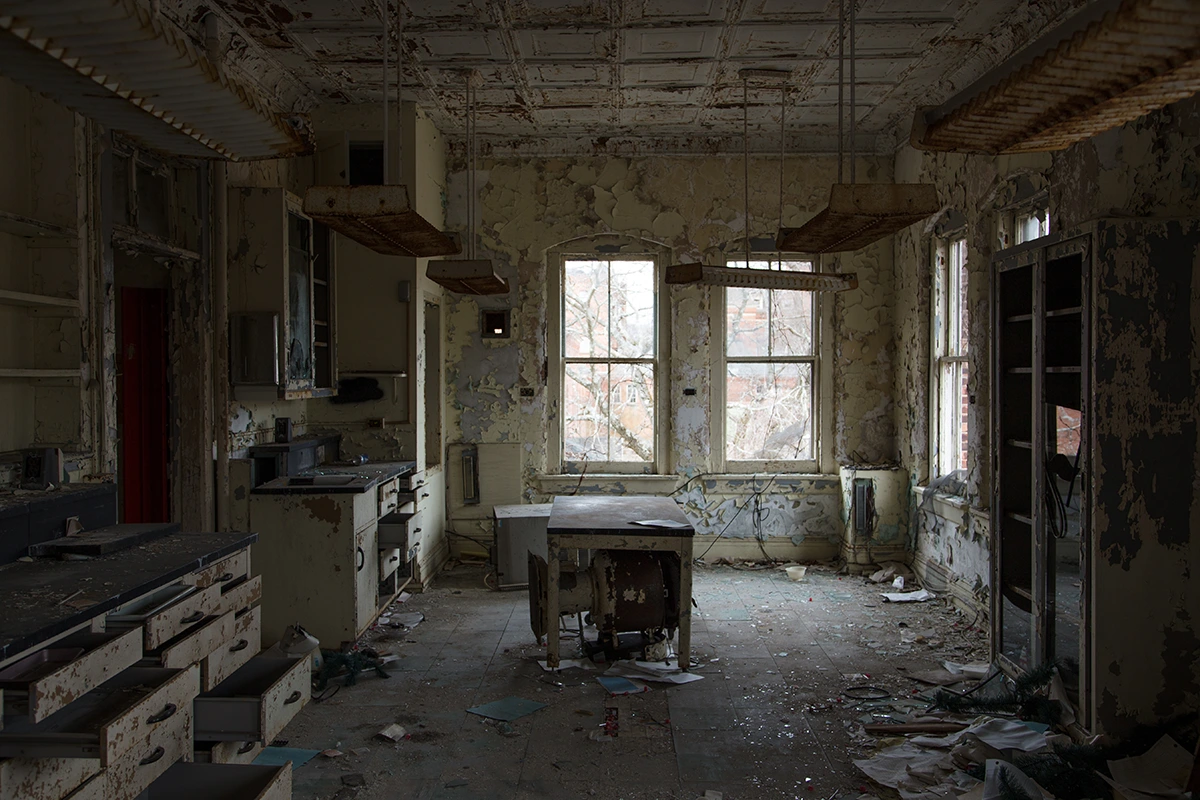
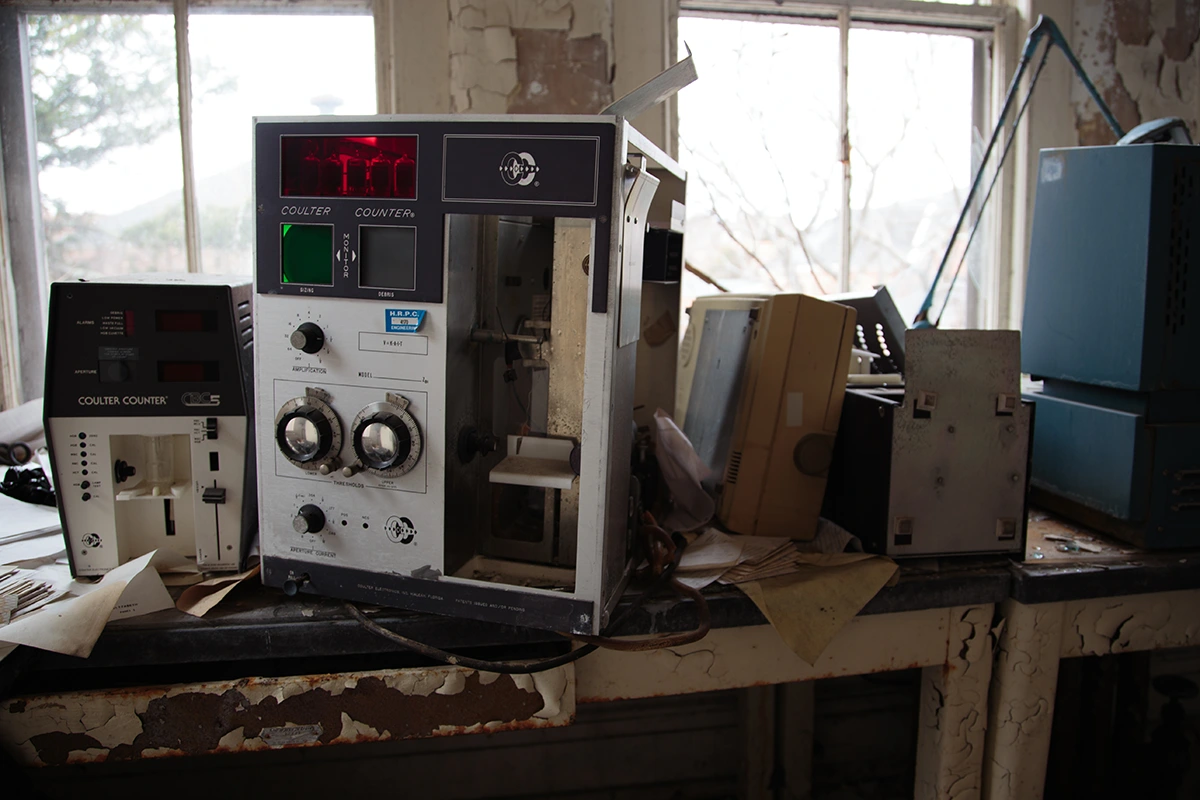
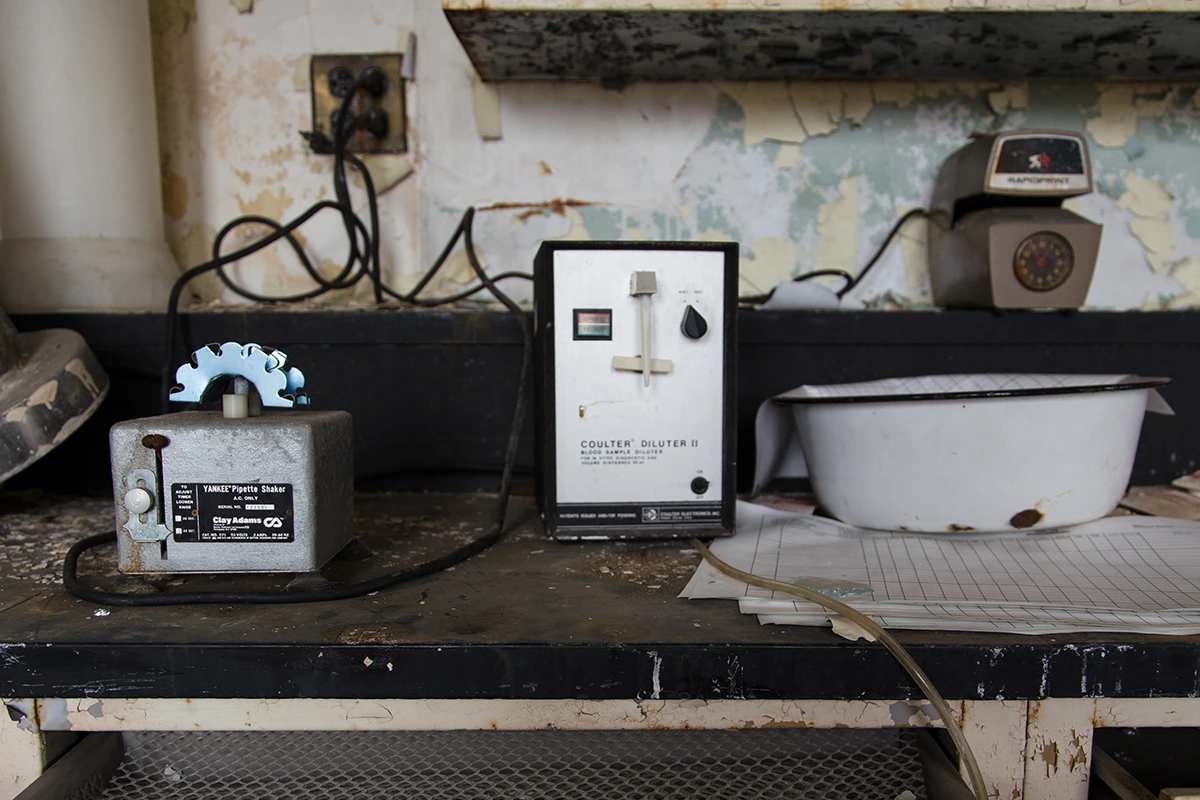
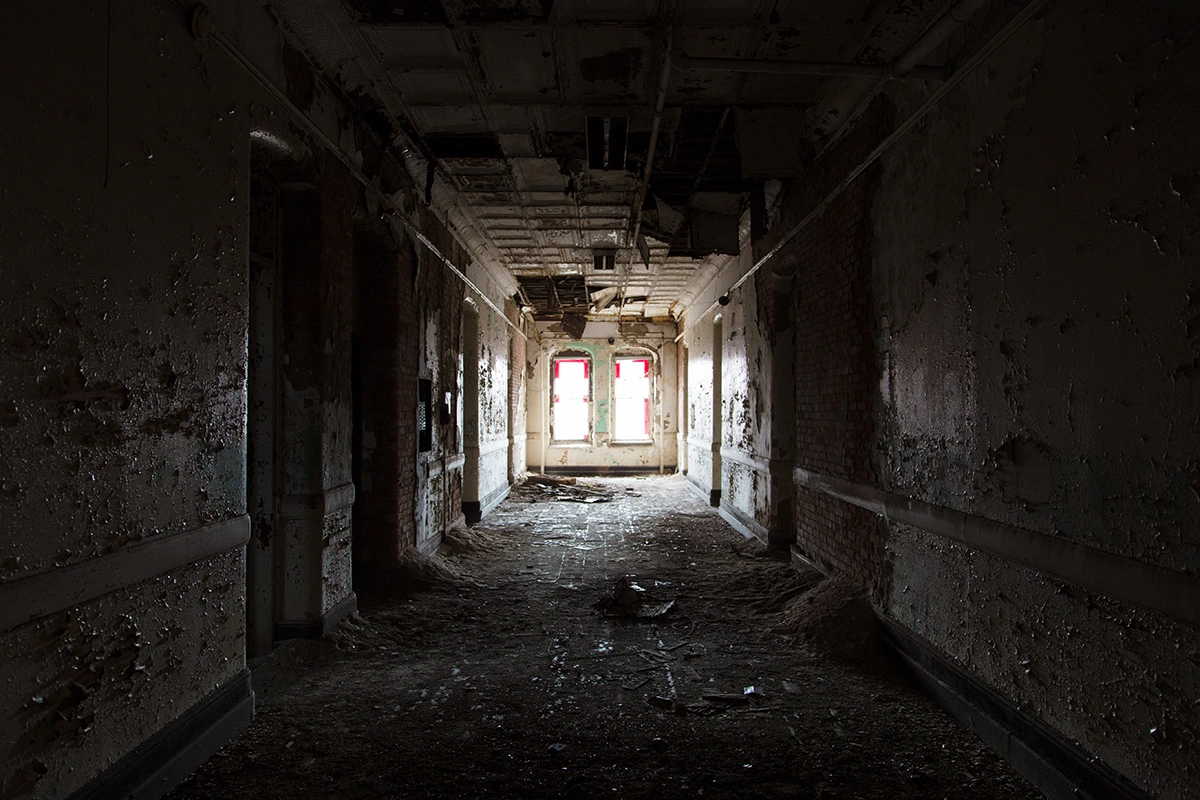
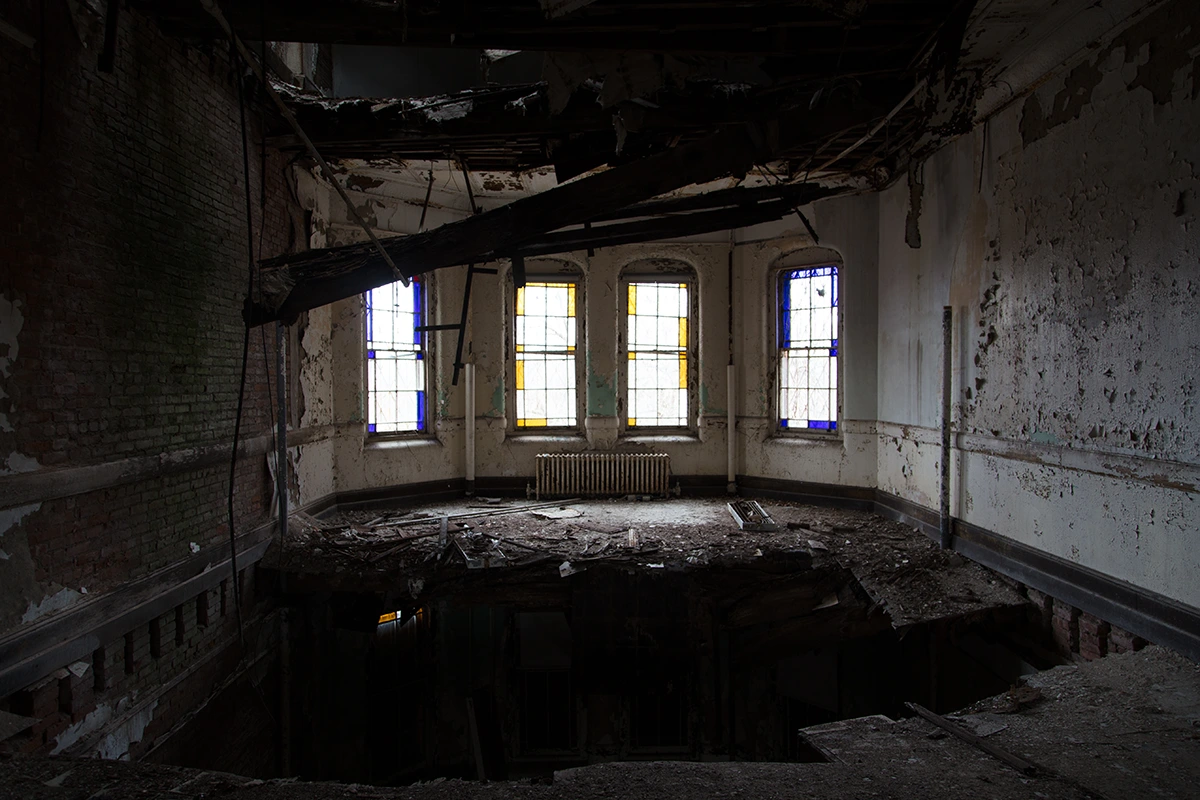
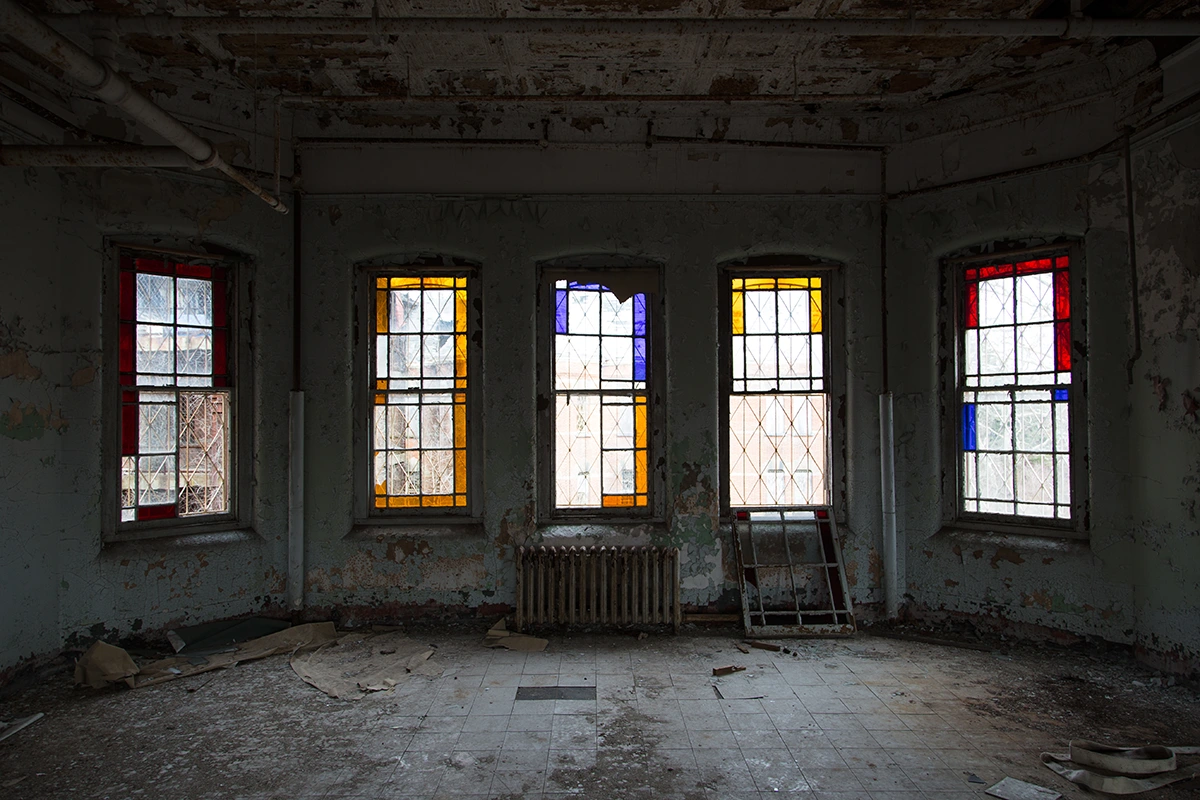
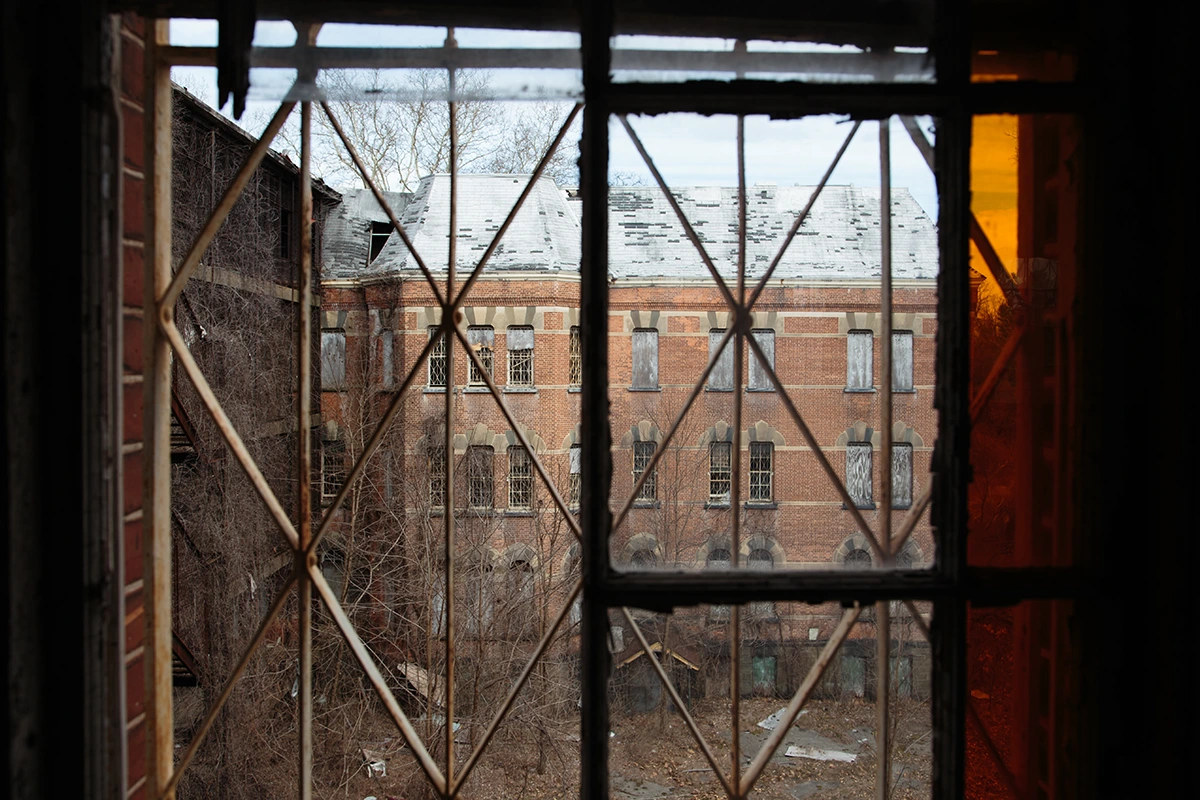
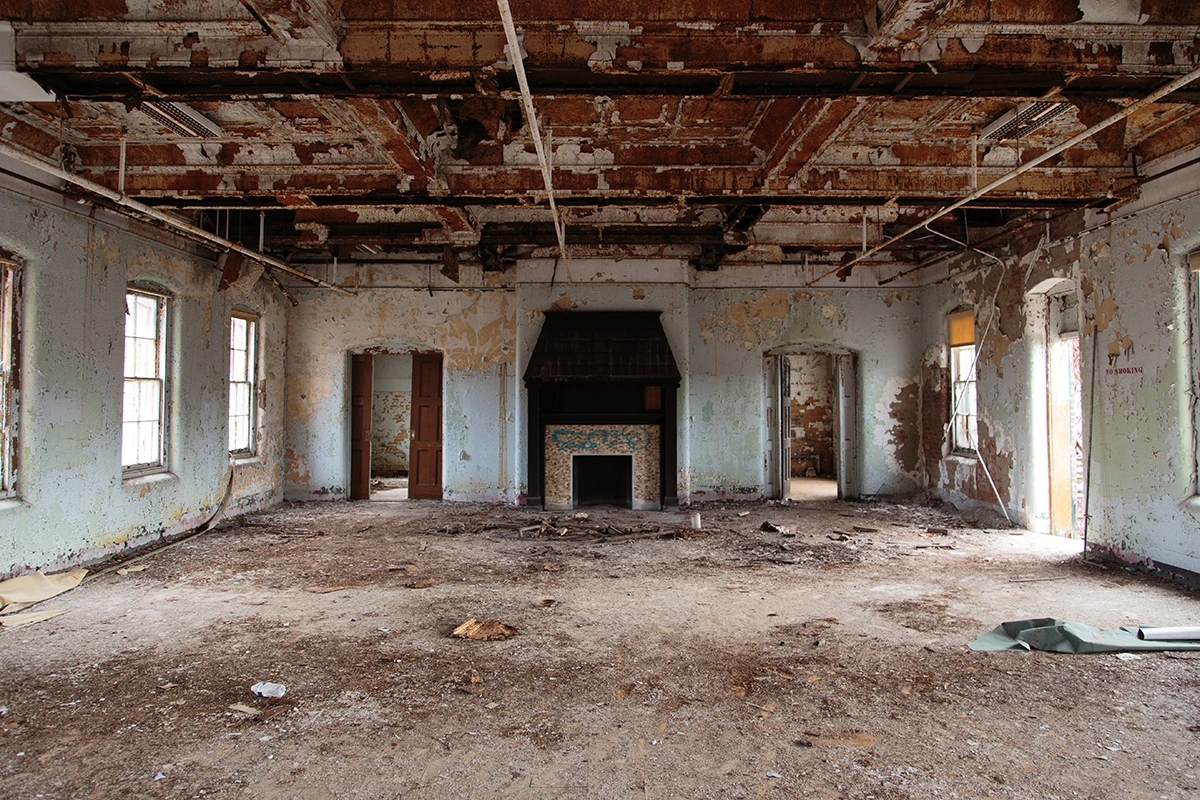
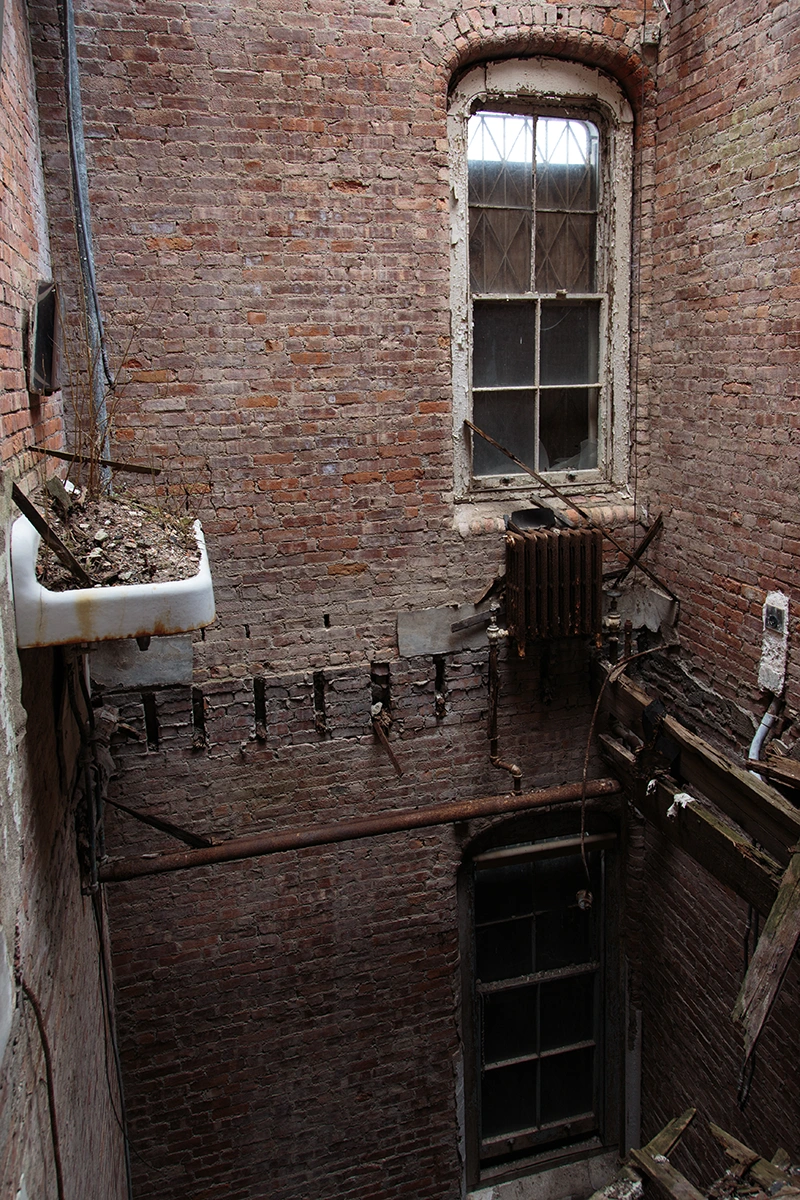
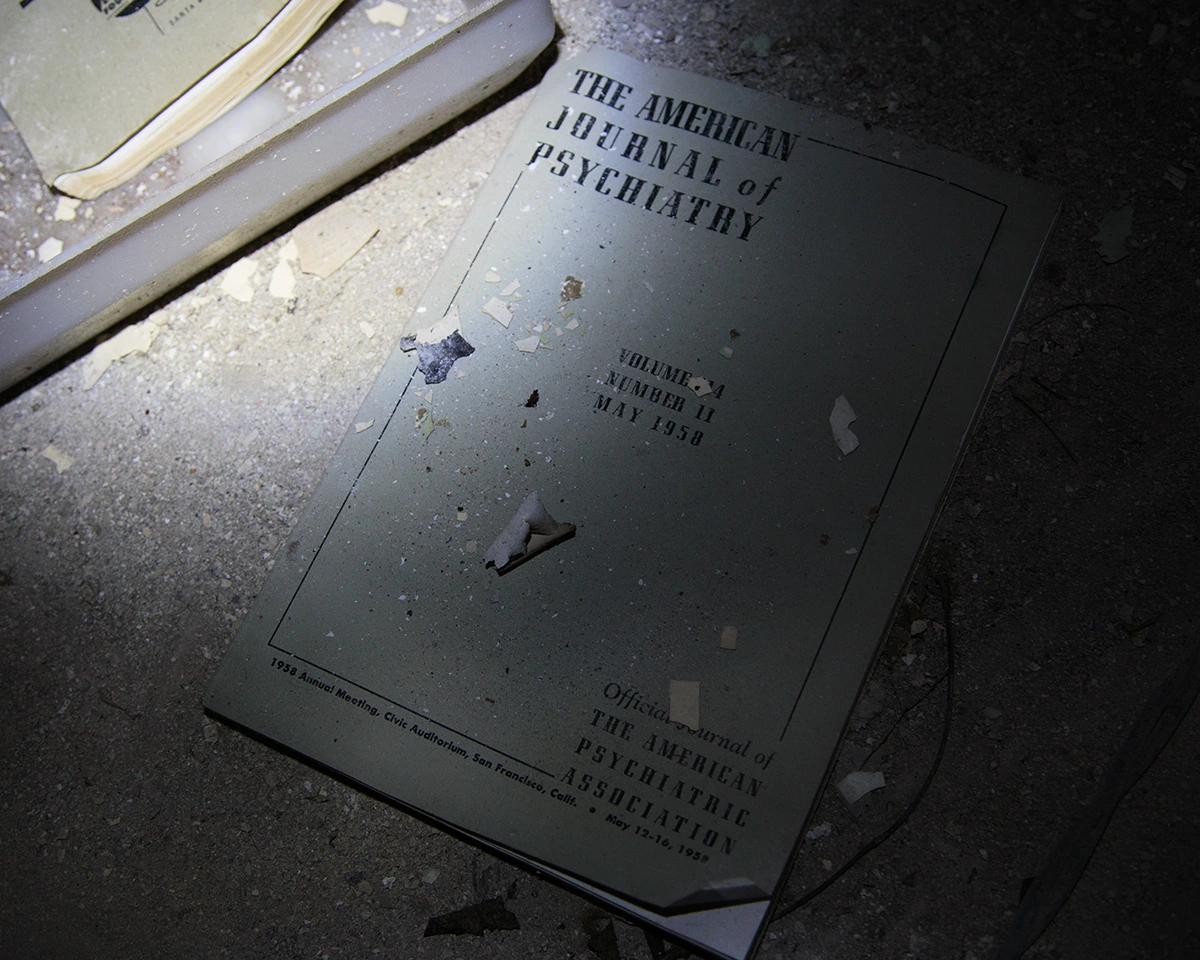
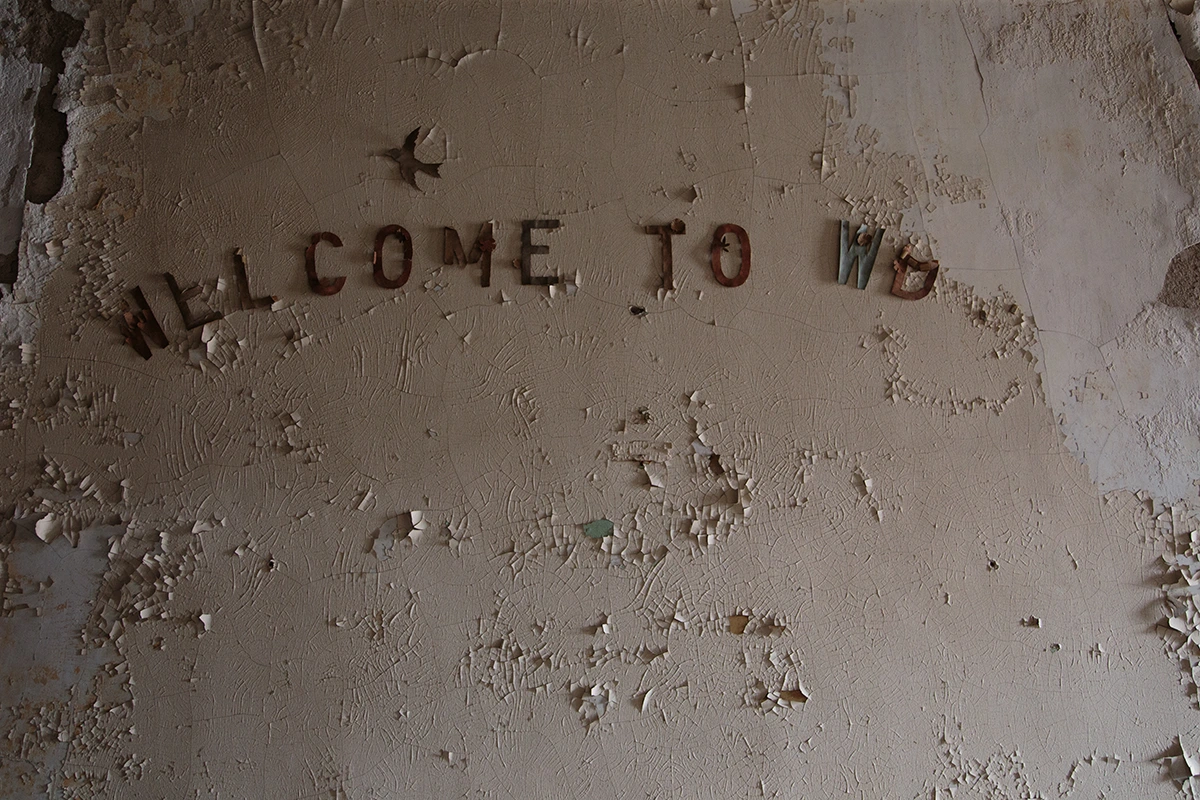
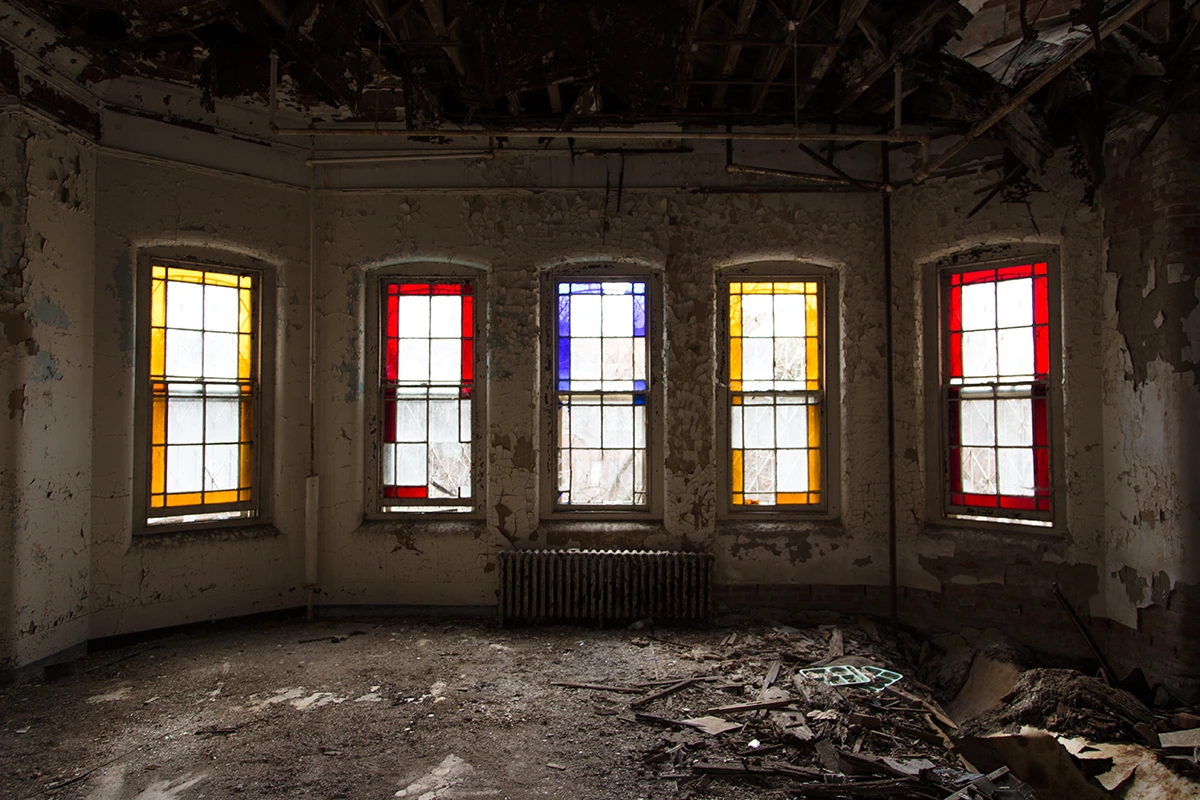
Labels: 1800s, architecture, asylum, historic, hospital, insane, institutional, kirkbride, New York

